Build A Tool Rack
If you are like me you have tools, tools, and more tools, Sometimes its hard to keep them all straight. Today I'm sharing a great step by step tutorial from Judy Larson on building your own Tool Rack to keep your tools organized!
Instructions
If you are a tool collector (addict) like I am, you have way too many tools and no easy way to store them. What you see here is my solution for the tools I use most often. I always had to dig around in a drawer to find a needed tool so usually, I left my most often used tools scattered all over my work surface. Tools in drawers, especially hammerheads, were getting scratched up.
When I built these tool racks to fit the top of my desk, I really was not sure if they would keep me more organized. Having the racks out makes cleaning up after a project is done so much easier than I find I am now putting my tools in the racks when I am done using them. It is easier to find a specific tool on the rack rather than digging around in a drawer full of tools to find it and my hammer faces are no longer in danger of getting scratched.
When I built these tool racks to fit the top of my desk, I really was not sure if they would keep me more organized. Having the racks out makes cleaning up after a project is done so much easier than I find I am now putting my tools in the racks when I am done using them. It is easier to find a specific tool on the rack rather than digging around in a drawer full of tools to find it and my hammer faces are no longer in danger of getting scratched.
Materials:
I obviously have a tough time throwing out leftover lumber! I had many small pieces of ½" thick by 8″ wide mahogany left over from a woodworking project, just enough for a couple of tool racks.
I also had ¼"x 2″ mahogany lathe left from a different project I did for my son which I used that to make a frame around the base of each rack.
This makes the base a storage tray for small parts and replacement items that go with the tools in the racks so I do not have to try to remember where I put them.
I purchased ½" mahogany dowels from the hardware store.
I also had ¼"x 2″ mahogany lathe left from a different project I did for my son which I used that to make a frame around the base of each rack.
This makes the base a storage tray for small parts and replacement items that go with the tools in the racks so I do not have to try to remember where I put them.
I purchased ½" mahogany dowels from the hardware store.
The tool racks in my work room are about 14″ wide.
If I could only make rack one for both hammers and pliers, I would not make it any wider than 18″ because the weight of the tools would bend the ½" dowels.
Also, since dowels come in 3-foot lengths (you can get 4-foot ones in some places), I can make one rack with two dowels, not four.
Play with this simple and easy to make design and create your own fabulous customized tool rack.
If I could only make rack one for both hammers and pliers, I would not make it any wider than 18″ because the weight of the tools would bend the ½" dowels.
Also, since dowels come in 3-foot lengths (you can get 4-foot ones in some places), I can make one rack with two dowels, not four.
Play with this simple and easy to make design and create your own fabulous customized tool rack.
Directions
Step 1: Cut your pieces out: Decide on the width, depth, and height of your tool rack.
For my hammer tool rack, the sides needed to be 12″ tall.
For the plier tool rack, I wanted the sides about 7½" tall. The width of the bottom can be up to 18″.
The depth of the piece, from the front to the back, is up to you.
You might even want to put handles on the sides if you plan to carry it from place to place.
For my hammer tool rack, the sides needed to be 12″ tall.
For the plier tool rack, I wanted the sides about 7½" tall. The width of the bottom can be up to 18″.
The depth of the piece, from the front to the back, is up to you.
You might even want to put handles on the sides if you plan to carry it from place to place.

Step 2: Make your pattern: I customize my hammer handles by grinding them down and sanding them to fit my hand better.
The distance between the dowels needs to accommodate the handles of your hammers, so you will need to do some measuring.
Most, if not all, your hammers should fit using the following measurements.
The distance between the dowels needs to accommodate the handles of your hammers, so you will need to do some measuring.
Most, if not all, your hammers should fit using the following measurements.
For larger hammers with longer handles, the distance from center to center of the holes using ½-inch dowels needed to be 1-7/8 inches.
For smaller, shorter hammers, that distance was 1-1/2 inches.
I placed the center of the back hole 1-3/16 inches from the back and 1-1/4 inches down from the top.
The center of the front hole was 1 inch in from the front edge and 2-3/4 inches down from the top, before cutting the curved top design.
For pliers on the plier rack, the center-to-center hole spacing also needed to be 1-1/2 inches.
The back hole was again 1-3/16 inches from the back and 1-1/4 inches down from the top.
The front hole was 1 inch in from the front edge and 2-3/4 inches down from the top, before cutting the curved design.
Transfer your pattern to the two wood sides, making sure to create both a right and a left side.
For smaller, shorter hammers, that distance was 1-1/2 inches.
I placed the center of the back hole 1-3/16 inches from the back and 1-1/4 inches down from the top.
The center of the front hole was 1 inch in from the front edge and 2-3/4 inches down from the top, before cutting the curved top design.
For pliers on the plier rack, the center-to-center hole spacing also needed to be 1-1/2 inches.
The back hole was again 1-3/16 inches from the back and 1-1/4 inches down from the top.
The front hole was 1 inch in from the front edge and 2-3/4 inches down from the top, before cutting the curved design.
Transfer your pattern to the two wood sides, making sure to create both a right and a left side.

Step 3: Use an awl to make starter holes at the marks for the holes where the dowels will be inserted.
The tip of your drill bit will sit in the hole when you start, keeping it from skipping across the wood.
The tip of your drill bit will sit in the hole when you start, keeping it from skipping across the wood.

Step 4: Use the depth of the bottom piece to gauge the length of the side frame piece.

Step 5: Cut a side frame piece for each end of the bottom.
I have a chop saw, which makes square cuts easy, but any saw will do.
I have a chop saw, which makes square cuts easy, but any saw will do.


Step 6: It will be easier to attach the side frame pieces to the bottom if you start the nails before trying to attach it.
Hint: Drill pilot holes smaller than your finish nails so you will not split the wood.
Hint: Drill pilot holes smaller than your finish nails so you will not split the wood.

Step 7: Apply a thin line of glue down the center of one short side of the bottom piece.
Center a side piece over the glue on the bottom piece, making sure that the lower edge of the side piece is even with the bottom edge of the bottom piece and that the ends of the side frame piece are even with the front and back of the bottom piece.
Center a side piece over the glue on the bottom piece, making sure that the lower edge of the side piece is even with the bottom edge of the bottom piece and that the ends of the side frame piece are even with the front and back of the bottom piece.

Step 8: Attach the side frame pieces.
Use a nail set to countersink the nail heads.
Use a nail set to countersink the nail heads.

Step 9: I am a woodworker so I own many types and sizes of clamps.
Since I have them, I clamped the ends to the bottom until the glue set, about 3 to 4 hours.
This is optional, but it is helpful to clamp anytime you glue two pieces together because it helps make the join and the finished piece stronger.
Since I have them, I clamped the ends to the bottom until the glue set, about 3 to 4 hours.
This is optional, but it is helpful to clamp anytime you glue two pieces together because it helps make the join and the finished piece stronger.

Step 10: Optional: Cut the curved top on of end of each tall side piece.
Hint: Since the piece is short, clamp it to the end of your work surface to make cutting easier.
Hint: Since the piece is short, clamp it to the end of your work surface to make cutting easier.


Step 11: It will be easier to now sand the cut edge lightly before continuing.
Step 12: Using a drill bit that corresponds to the size of dowel you are using, drill holes 2/3 to ¾ of the way through the side pieces at the starter holes you made with the awl.
Make all the holes the same depth.
If you do not have a drill press, use a small dowel that you have marked to the depth you want.
Insert it in the drilled hole to see how much more you need to drill.
Make all the holes the same depth.
If you do not have a drill press, use a small dowel that you have marked to the depth you want.
Insert it in the drilled hole to see how much more you need to drill.


Step 13: Glue nail and clamp the tall sides to the bottom and the side frame ends.

Step 15: It is not necessary if you measured a tight fit for your dowels, but you can place a small amount of glue in each dowel hole.
Insert a dowel into a hole on one side and slide down into the hole on the opposite side.
Repeat with the other 3 dowels.
Insert a dowel into a hole on one side and slide down into the hole on the opposite side.
Repeat with the other 3 dowels.

Step 16: As you did for the sides in Steps 4 and 5, use the width of the bottom piece to gauge the length of the front and back frame pieces.
Cut front and back frame piece to fit.
Cut front and back frame piece to fit.
Step 17: Following Steps 6 through 9, glue, nail and clamp the front and back frame pieces in place, creating the base tray.

Step 18: Sand the entire piece to a smooth finish.
Step 19: Use your desired method to finish your tool rack.

And now your tool rack is ready for use!

Materials
No materials listed
Tools

Wire Wrapping/Beading Work Station
G16-43
- G16-43
- Lesson Quantity: 1.00 pieces
- Purchase Quantity: 1.00 each
- Price: $87.97
- Gold Club Price: $65.98
- Category: Storage
- Technique(s): Sawing, Design









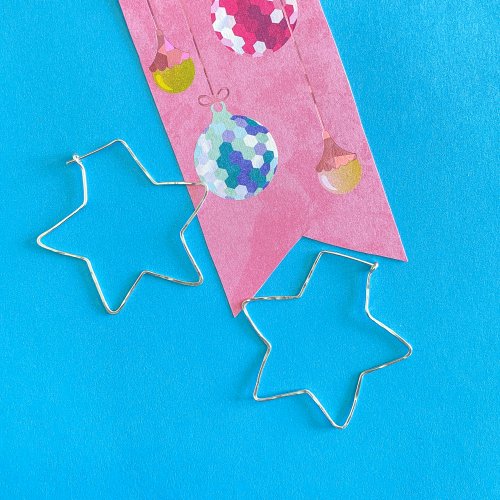
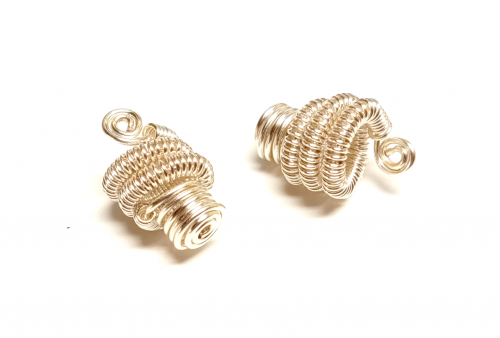
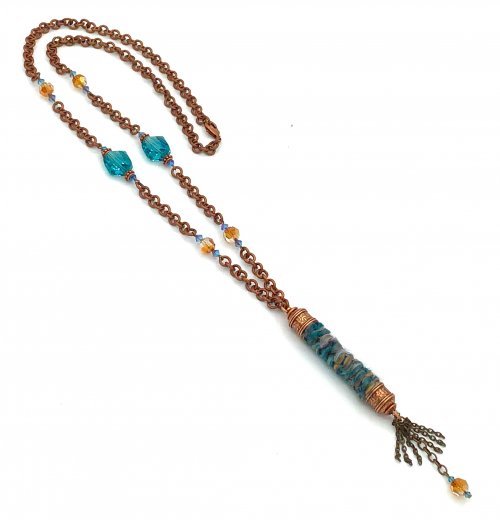

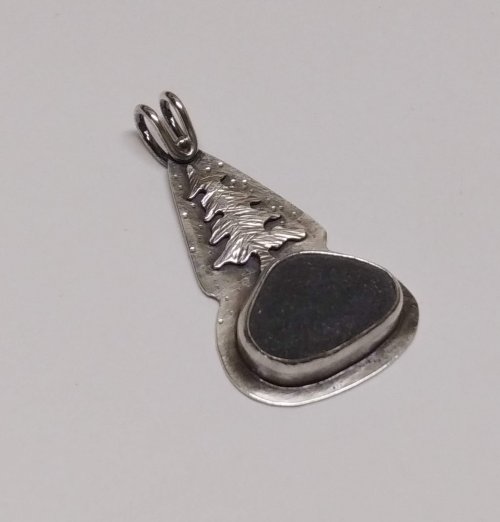
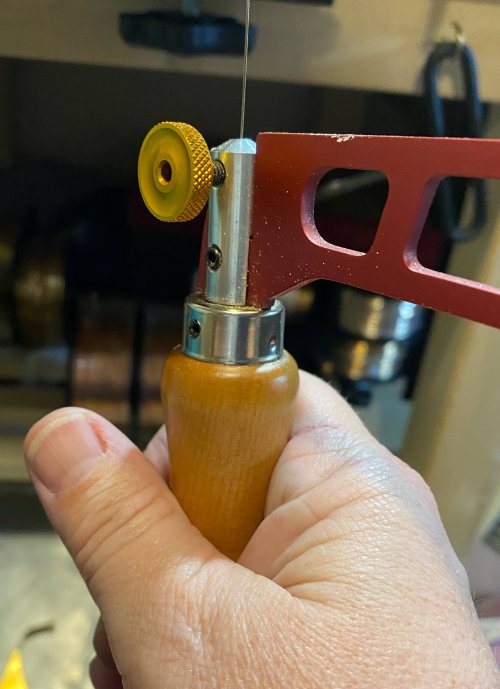
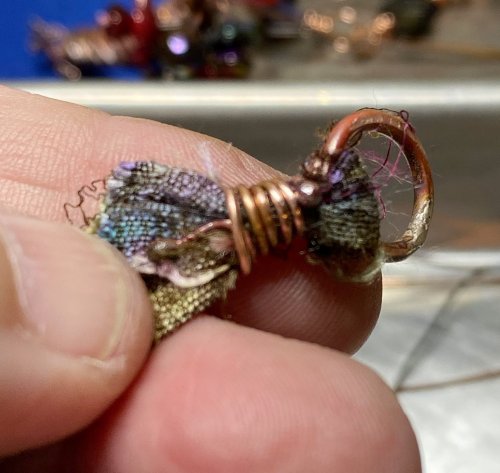
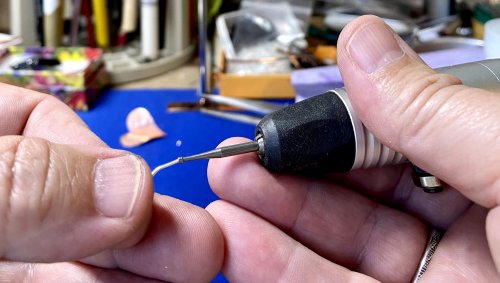
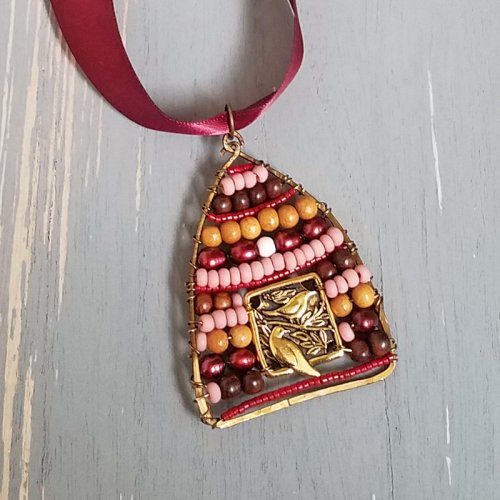
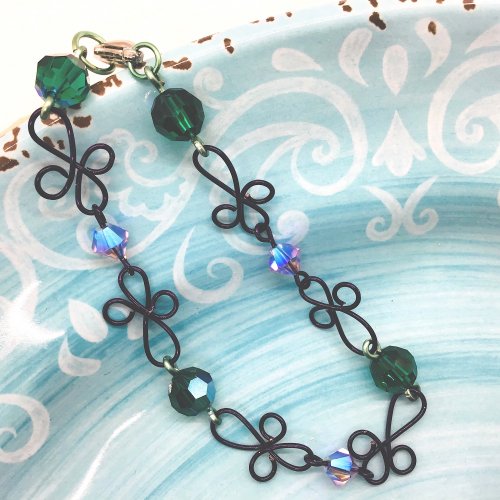



 Cleaning Your Jewelry
Cleaning Your Jewelry
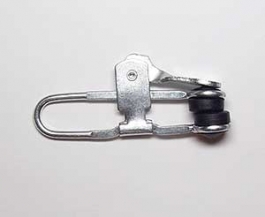 Clamps for Jewelry Making
Clamps for Jewelry Making
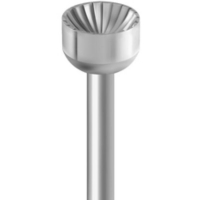 Finishing Wire Ends
Finishing Wire Ends
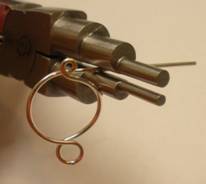 Handmade Closures
Handmade Closures
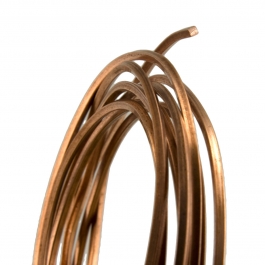 Removing Tarnish From Your Jewelry
Removing Tarnish From Your Jewelry
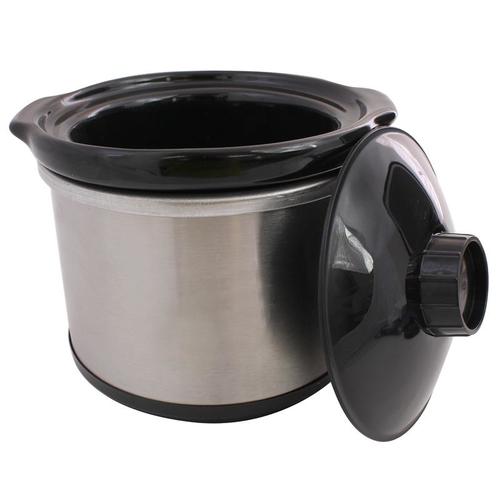 Homemade Pickle
Homemade Pickle
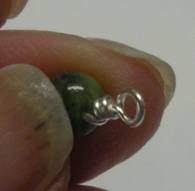 Wire Wrapped Loops
Wire Wrapped Loops
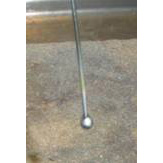 How to Make Balled Head Pins
How to Make Balled Head Pins
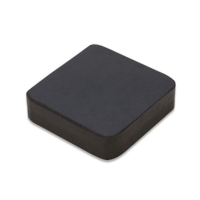 Lessen the Noise - Save Your Eardrums
Lessen the Noise - Save Your Eardrums
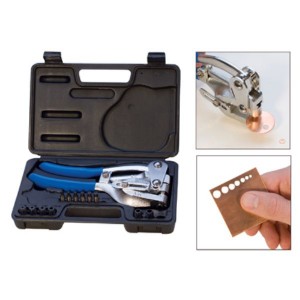 Make a Rivet and Eyelet Tile
Make a Rivet and Eyelet Tile
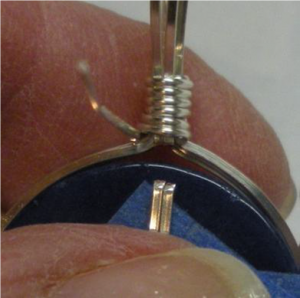 Two Tips for Making Pendant Bails with Craft Wire
Two Tips for Making Pendant Bails with Craft Wire
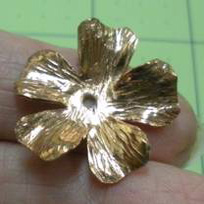 Petal Forming on a Wood Block
Petal Forming on a Wood Block
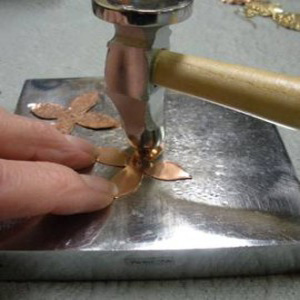 Save Your Fingers while Texturing
Save Your Fingers while Texturing
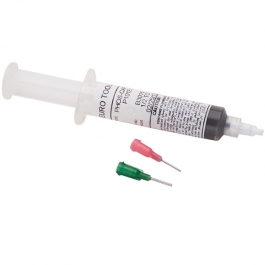 Soldering on Copper
Soldering on Copper
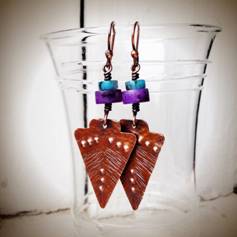 Sticker Templates
Sticker Templates
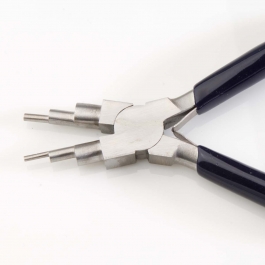 Using 6 Step Barrel Pliers
Using 6 Step Barrel Pliers
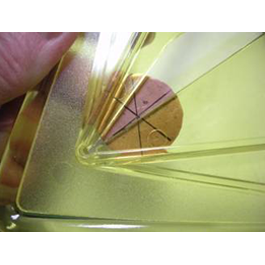 Using a Center Finder
Using a Center Finder
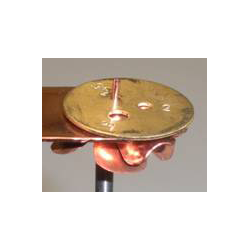 Using a Tile to Cut Rivets
Using a Tile to Cut Rivets
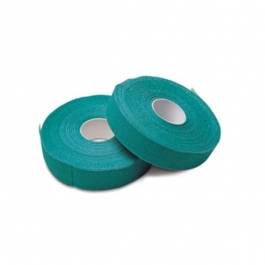 Using Household Super Glue on Minor Cuts, Nicks and Scrapes
Using Household Super Glue on Minor Cuts, Nicks and Scrapes
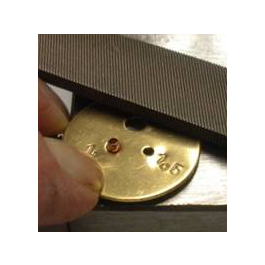 Using Tiles on Tube Rivets and Eyelets
Using Tiles on Tube Rivets and Eyelets
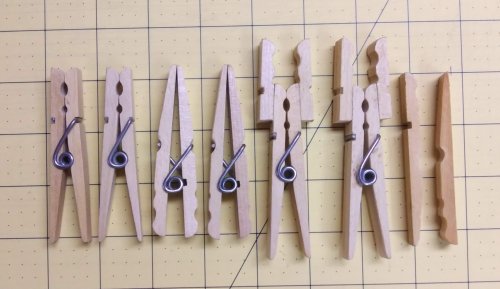 Clothespin Tools
Clothespin Tools
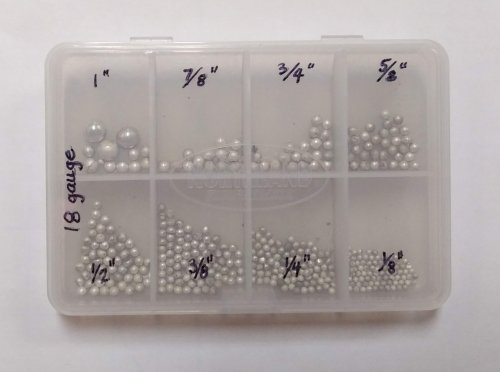 Making Decorative Granulation Beads
Making Decorative Granulation Beads
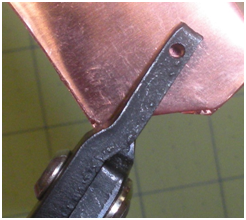 Using Your Hole Punch Pliers
Using Your Hole Punch Pliers
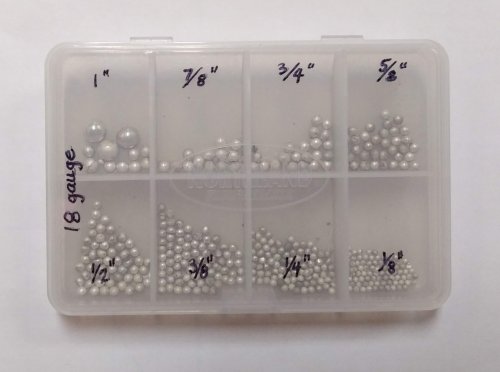 Decorative Granulation and Beads
Decorative Granulation and Beads
 How to Find and Mark the Center of a Disc.
How to Find and Mark the Center of a Disc.
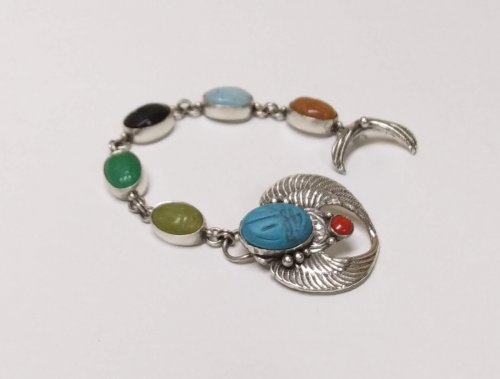 Choosing the Right Clasp
Choosing the Right Clasp
 Chunky Chain Inspiration
Chunky Chain Inspiration
 Tool Tip - Steampunk or Industrial Rivets
Tool Tip - Steampunk or Industrial Rivets
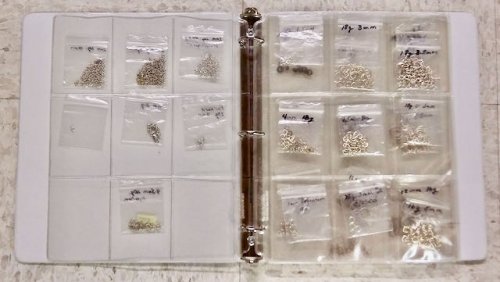 Storing Jump Rings
Storing Jump Rings
 Wear Your Brooches on a Neckwire
Wear Your Brooches on a Neckwire
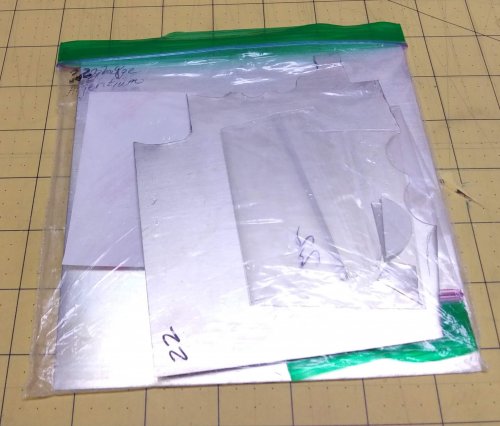 Storing Your Metal
Storing Your Metal
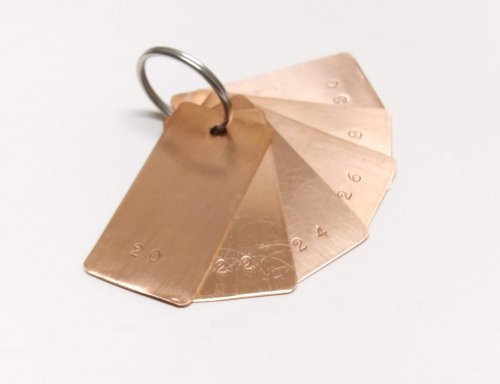 Using Disc Cutter Shims
Using Disc Cutter Shims
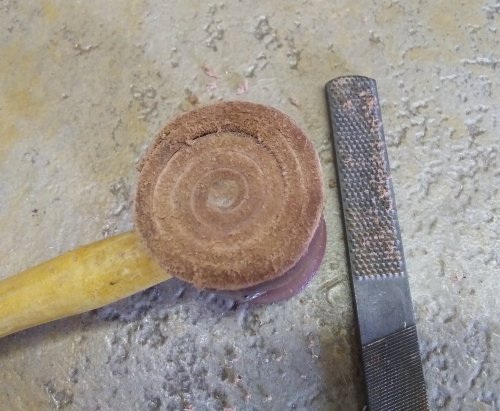 Conditioning a Rawhide Mallet
Conditioning a Rawhide Mallet
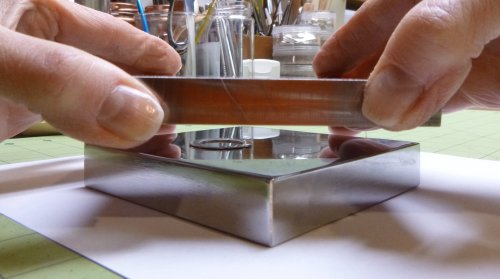 Flattening Metal Pieces
Flattening Metal Pieces
 Quenching
Quenching
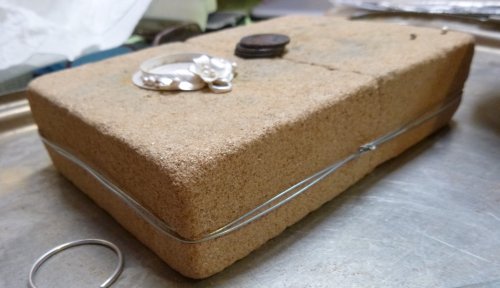 Saving a Broken Solder Brick
Saving a Broken Solder Brick
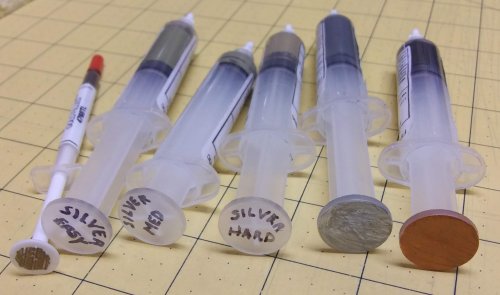 Why I Use Solder Paste
Why I Use Solder Paste
 Designing a Toggle Clasp That Works
Designing a Toggle Clasp That Works
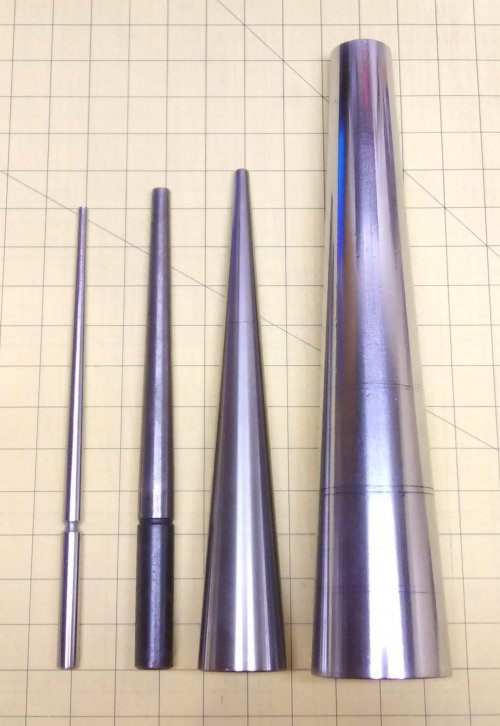 Round Mandrels
Round Mandrels
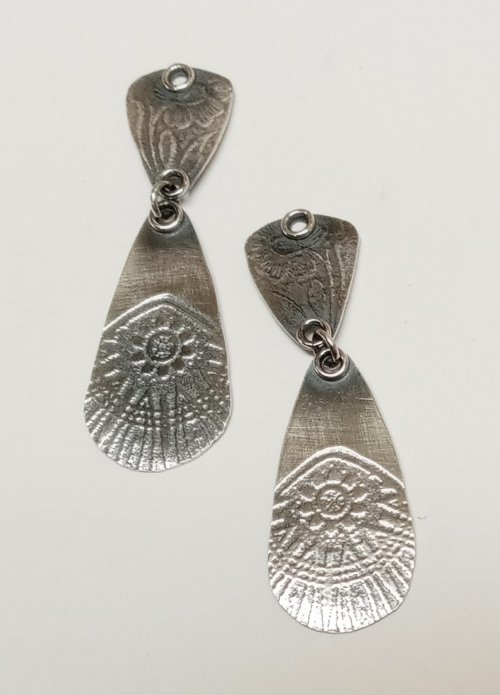 Get the Look of Eyelets
Get the Look of Eyelets
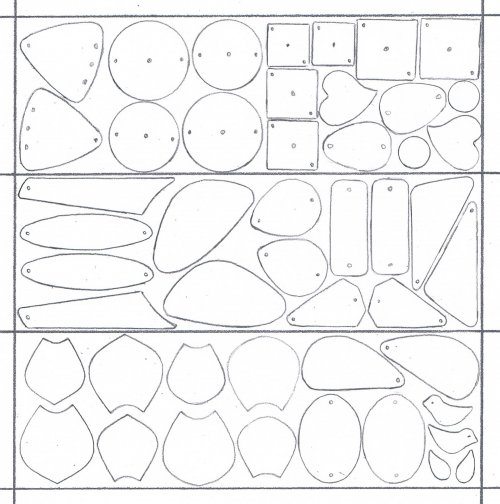 Earring Pairs Template
Earring Pairs Template
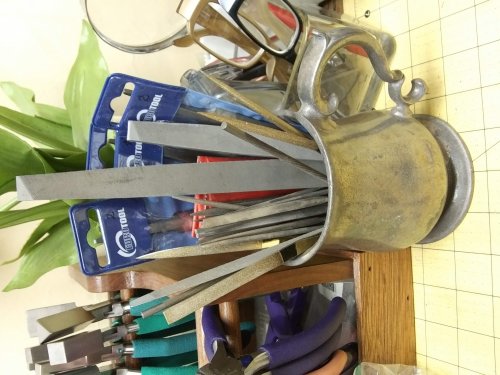 Storing and Caring for Files
Storing and Caring for Files
 Open or Closed Jump RIngs on Bracelets and Necklaces
Open or Closed Jump RIngs on Bracelets and Necklaces
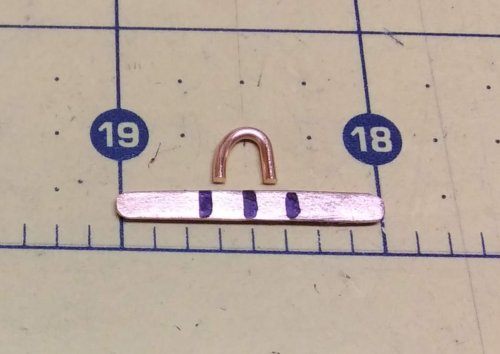 Versatile Permanent Markers
Versatile Permanent Markers
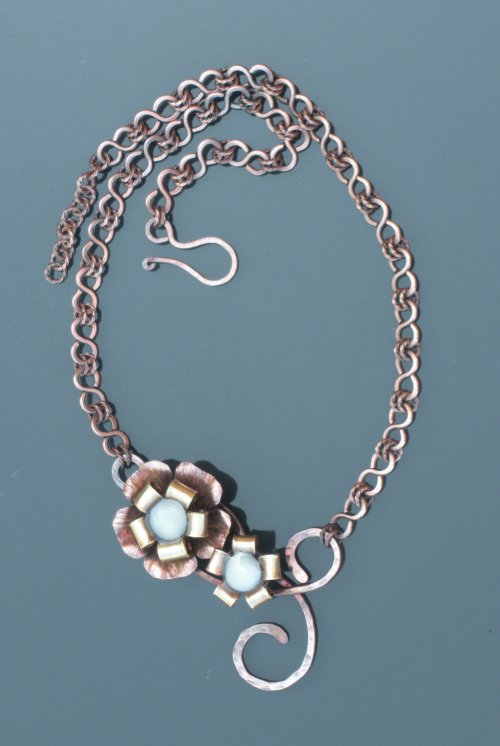 You Used What
You Used What
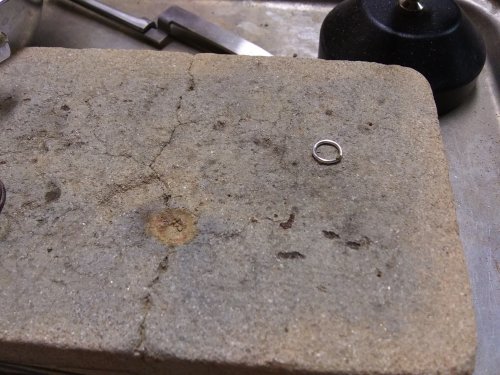 Rescuing a Very Used Magnesia Soldering Block
Rescuing a Very Used Magnesia Soldering Block
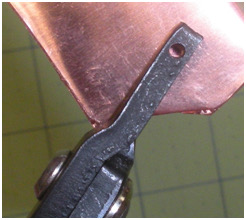 Using Hole Punch Pliers
Using Hole Punch Pliers
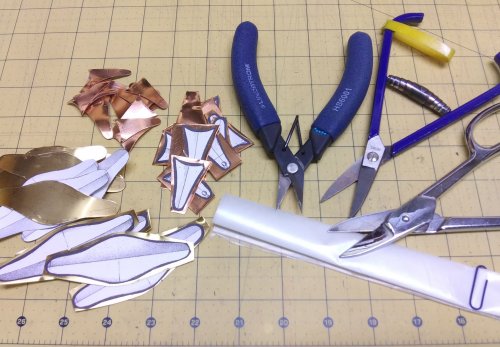 Metal Shears Care
Metal Shears Care
 Paperclip Earrings
Paperclip Earrings
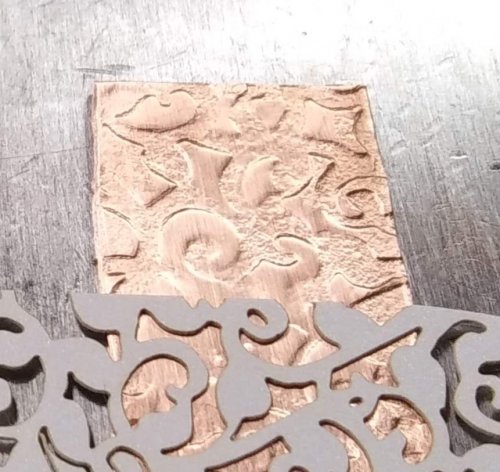 Think Outside the Box - Alternative Metal Texturing
Think Outside the Box - Alternative Metal Texturing
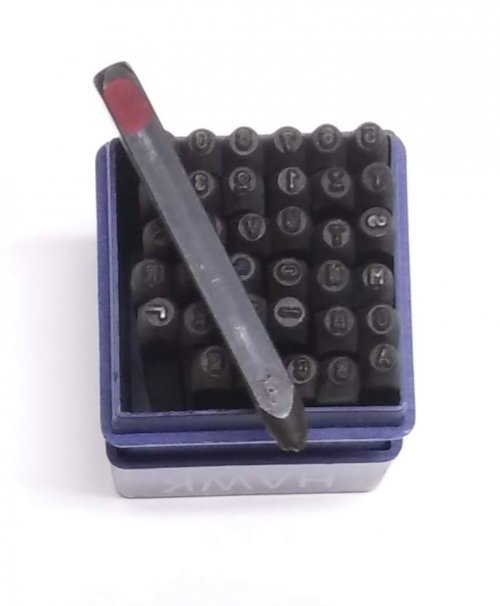 Make Stamping Metal a Bit Easier
Make Stamping Metal a Bit Easier
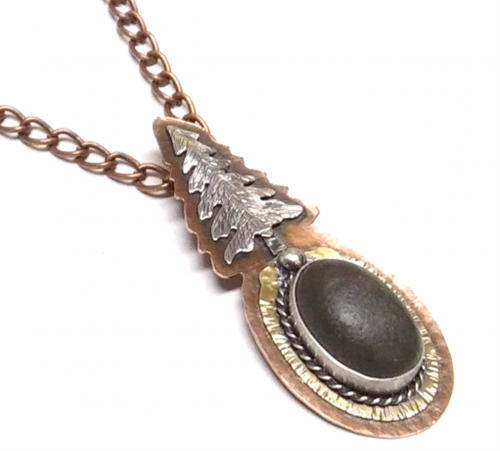 Stone Bezel Setting Tips
Stone Bezel Setting Tips
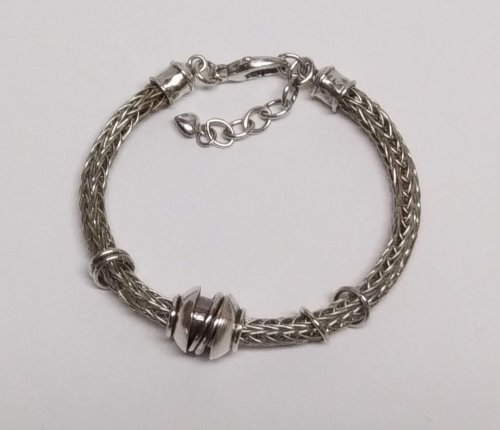 Viking Knit Tips
Viking Knit Tips
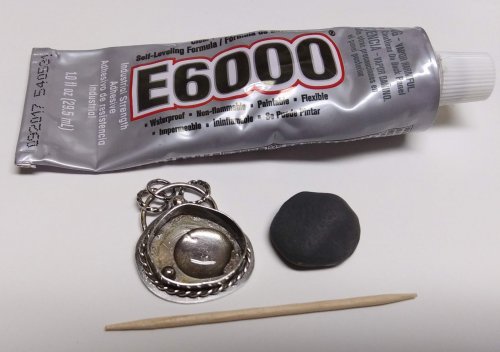 Using Glue Under Cabochons
Using Glue Under Cabochons
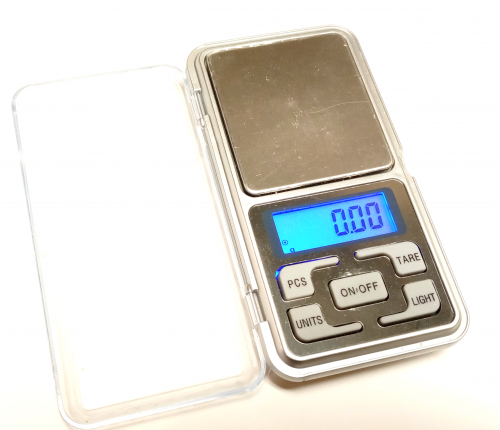 Tool Tip - Digital Pocket Scale
Tool Tip - Digital Pocket Scale
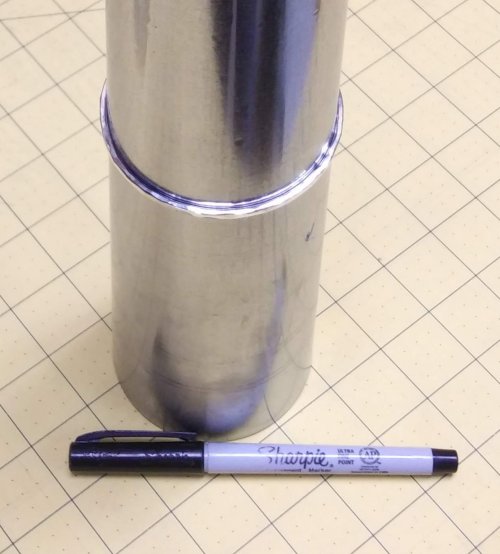 Repeat Performance
Repeat Performance
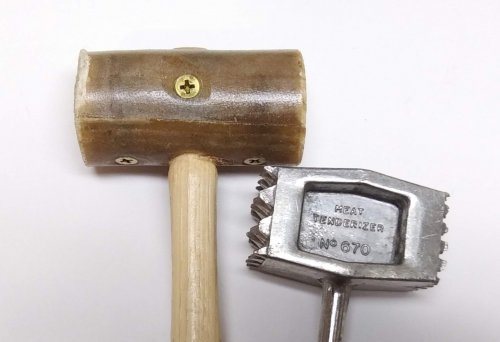 Another Way to Condition a Rawhide Mallet
Another Way to Condition a Rawhide Mallet
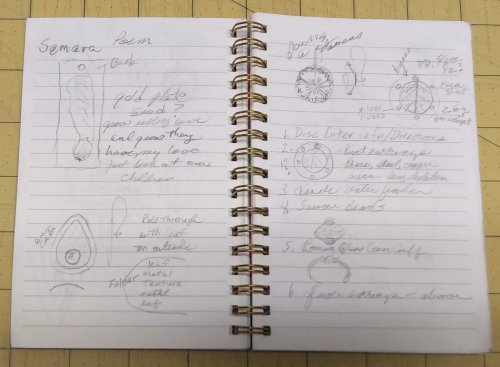 Carry a Sketch Pad
Carry a Sketch Pad
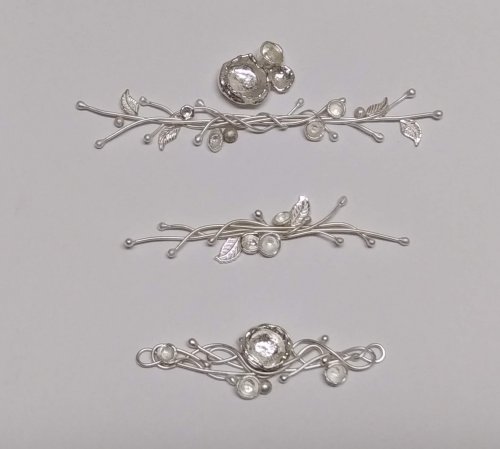 Why You Should Take a Class
Why You Should Take a Class
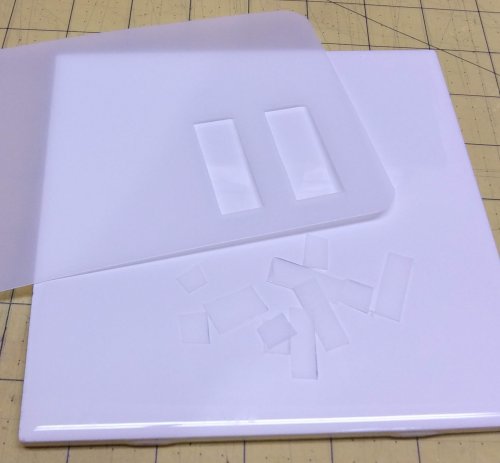 Jewelry Making Templates
Jewelry Making Templates
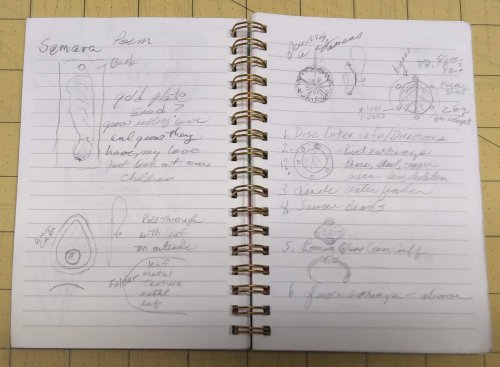 Carry a Sketch Pad
Carry a Sketch Pad
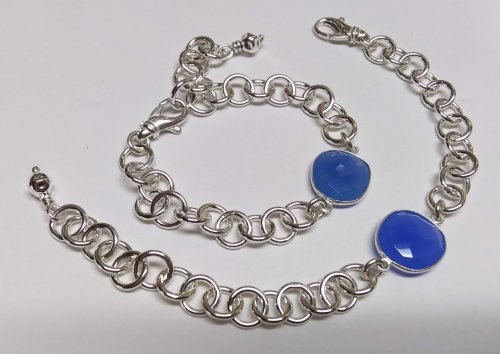 Keeping Your Bracelet Focals in Place
Keeping Your Bracelet Focals in Place
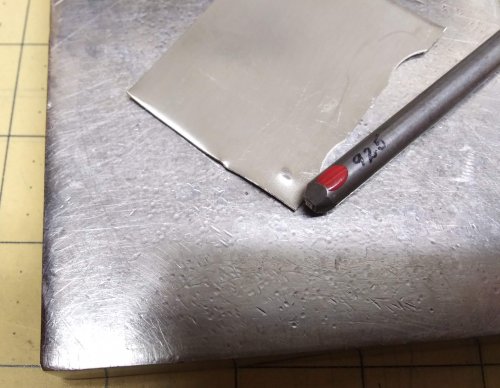 Metal Content Stamping
Metal Content Stamping
 Using Sanding Sponges and Papers
Using Sanding Sponges and Papers
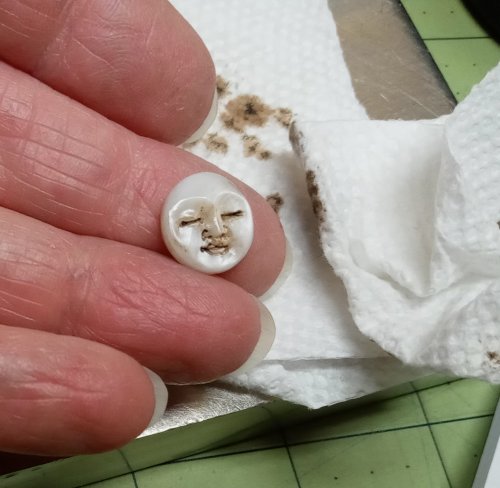 Adding Depth to Carved Beads and Cabochons
Adding Depth to Carved Beads and Cabochons
 Closing Rings Tightly for Soldering
Closing Rings Tightly for Soldering
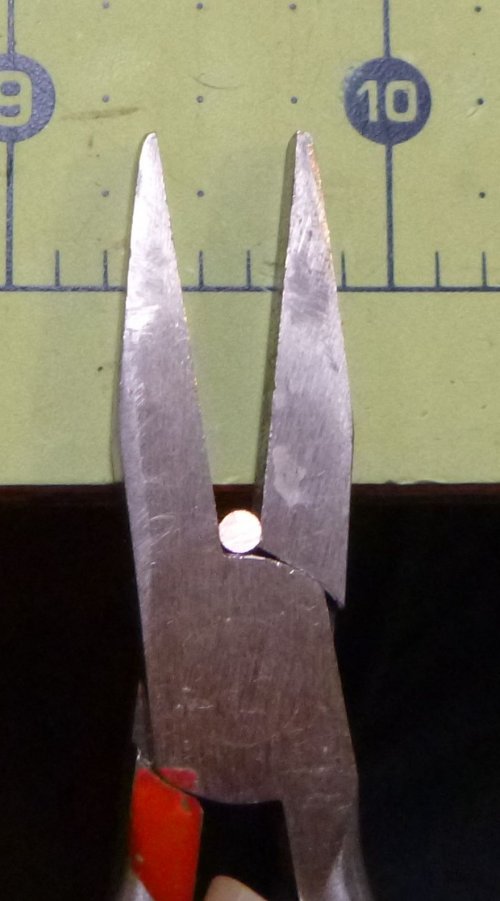 Squaring Wire Ends
Squaring Wire Ends
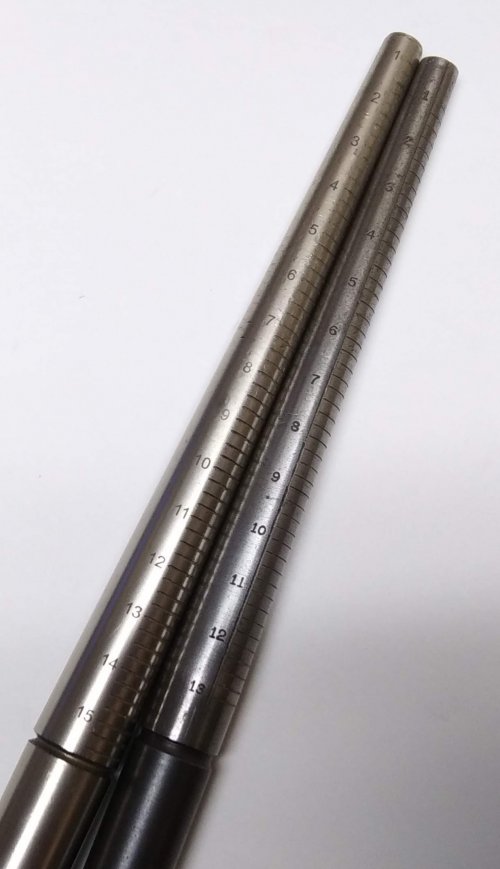 Ring Mandrels
Ring Mandrels
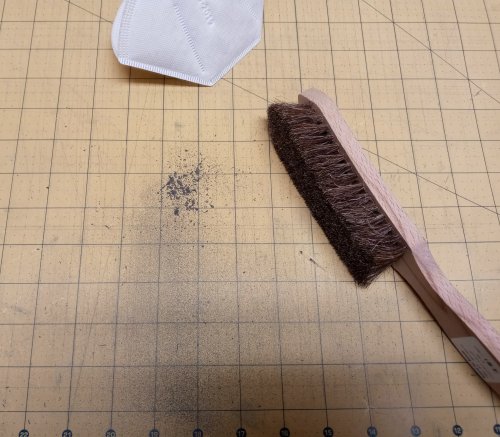 Tool Tip - Bench Brushes
Tool Tip - Bench Brushes
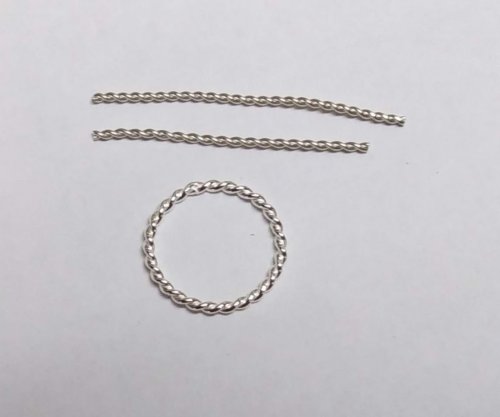 Scrap Wire Twisted Rings
Scrap Wire Twisted Rings
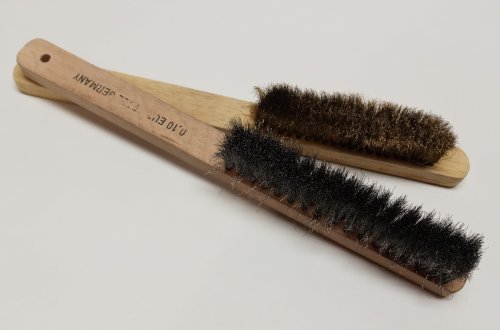 Tool Tip - Soft Bristle Metal Brushes
Tool Tip - Soft Bristle Metal Brushes
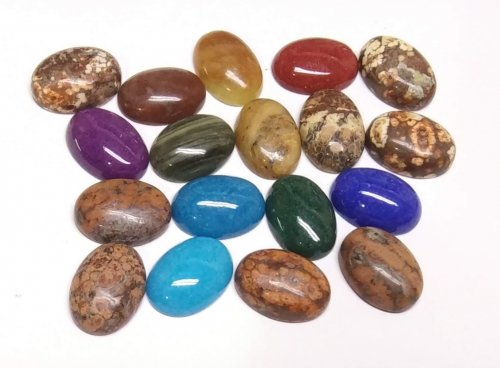 Project Multiples - Calibrated Cabochons
Project Multiples - Calibrated Cabochons
 Mobius Pearl Drop Earrings
Mobius Pearl Drop Earrings
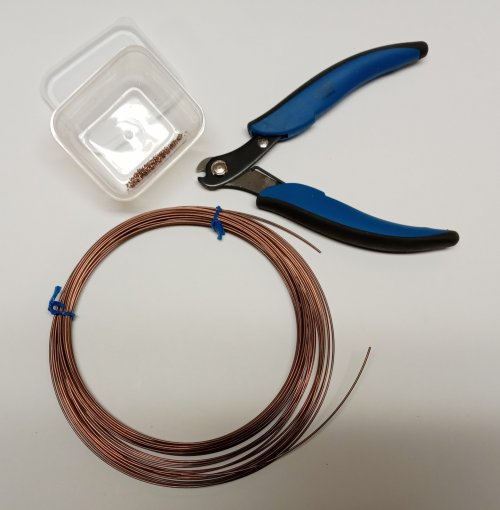 Copper Wire Solder
Copper Wire Solder
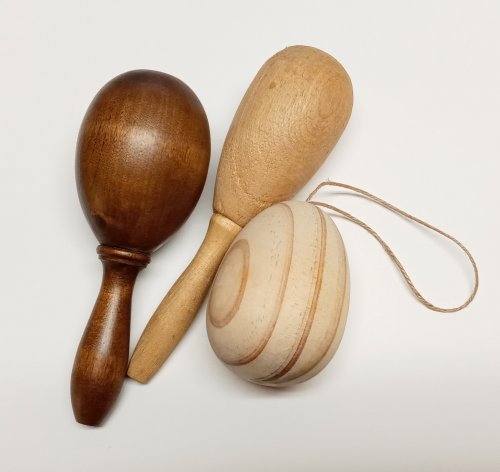 Large Dapping Punches and Alternatives
Large Dapping Punches and Alternatives
 Project Multiples - Glass Pebble Cabs
Project Multiples - Glass Pebble Cabs
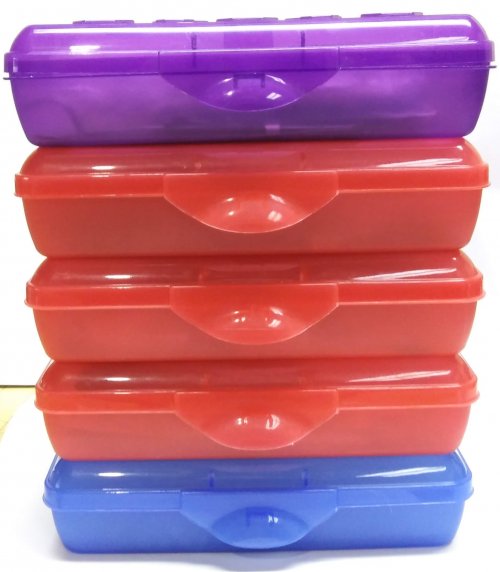 Project Storage
Project Storage
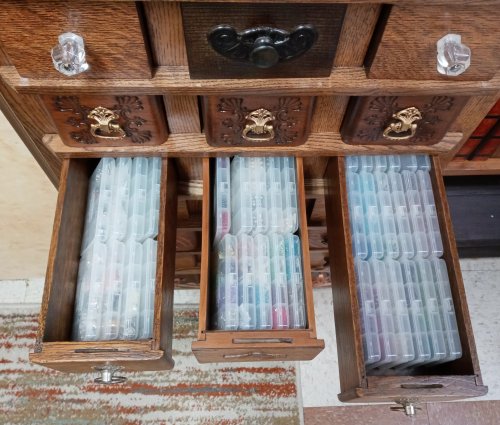 Tiny Bead and Findings Storage
Tiny Bead and Findings Storage
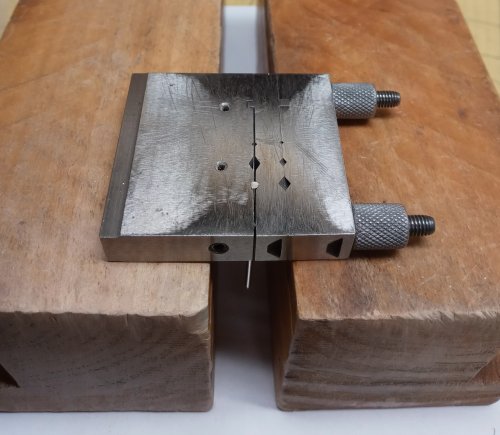 Working Smart
Working Smart
 Display Trays as Storage
Display Trays as Storage
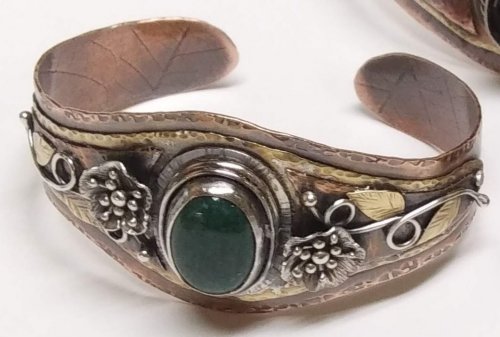 Making TIny Leaves
Making TIny Leaves
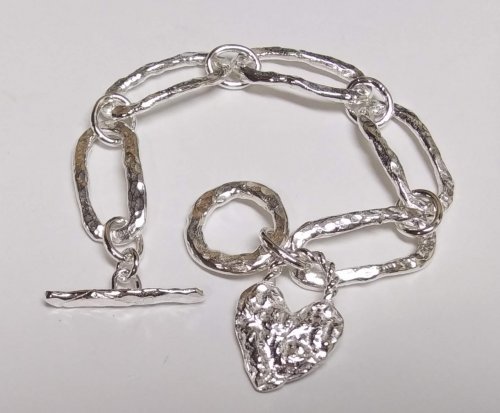 Adapting a Tutorial
Adapting a Tutorial
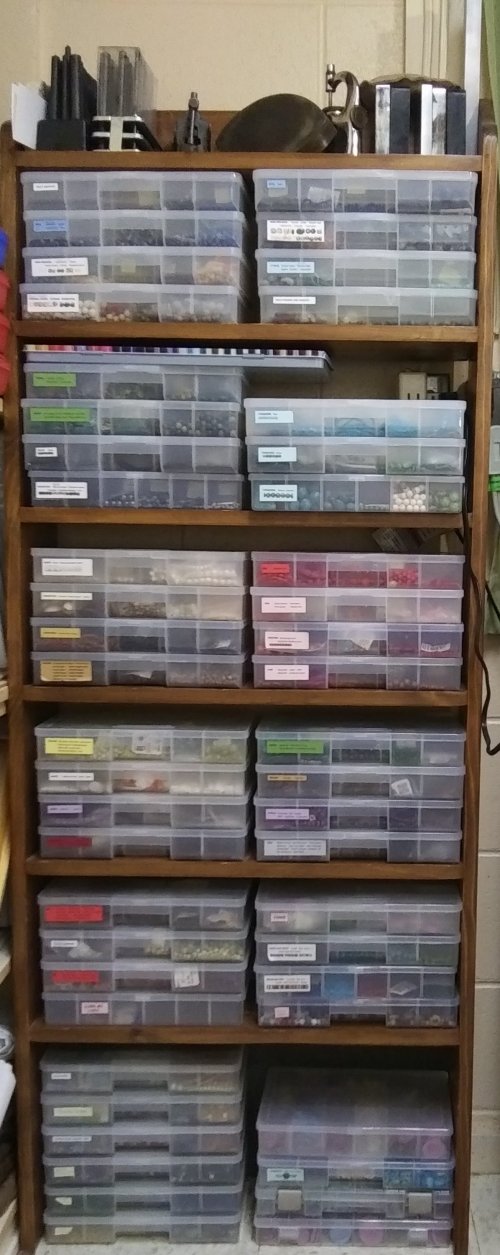 Build Better Bead Storage
Build Better Bead Storage
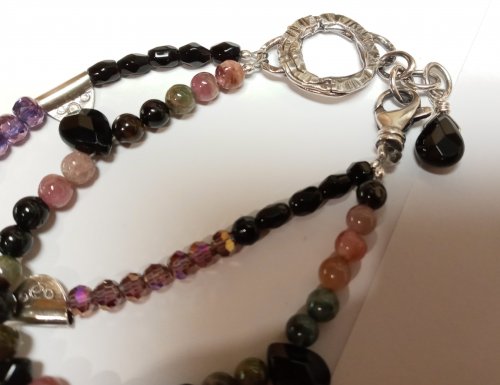 Using Magical Crimping Pliers
Using Magical Crimping Pliers
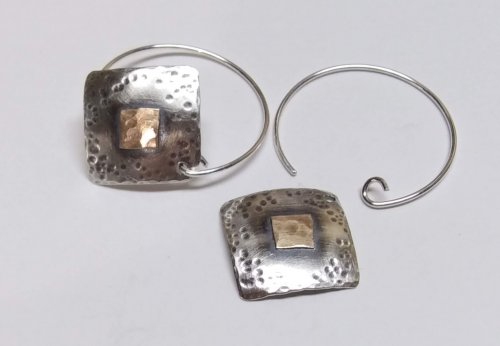 Add a Touch of Gold
Add a Touch of Gold
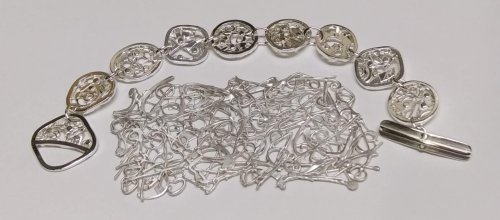 Make a Lacy Argentium Scrap Metal Sheet
Make a Lacy Argentium Scrap Metal Sheet
 Birch Bark Texture
Birch Bark Texture
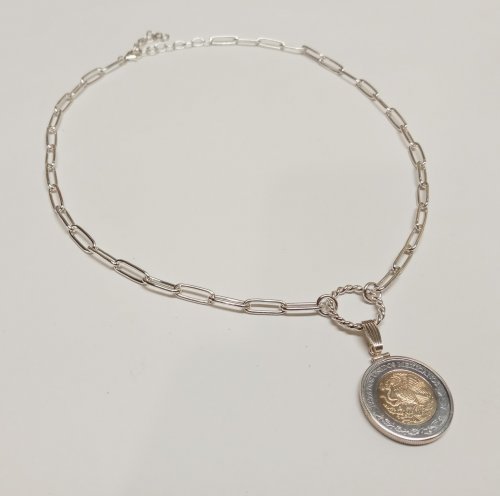 Versatile Snap-on Bails
Versatile Snap-on Bails
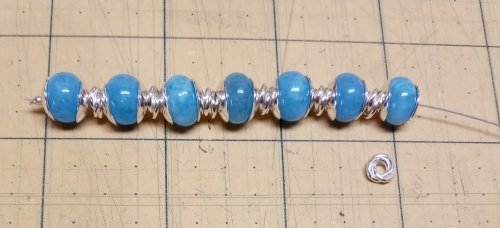 Bead Cap Primer
Bead Cap Primer
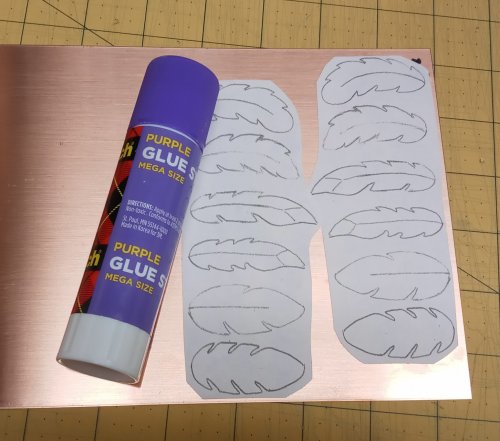 Using Glue Sticks with Printed Templates
Using Glue Sticks with Printed Templates
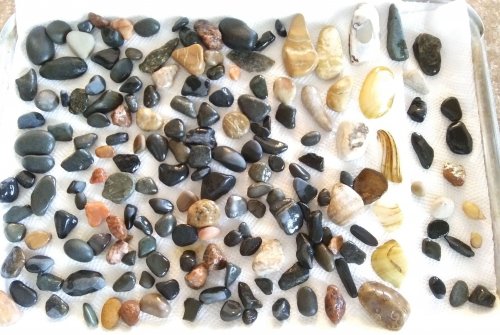 Choosing a Lake or Riverstone
Choosing a Lake or Riverstone
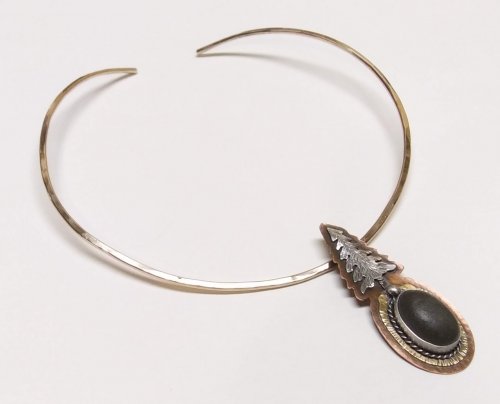 Do a Facebook Collaboration
Do a Facebook Collaboration
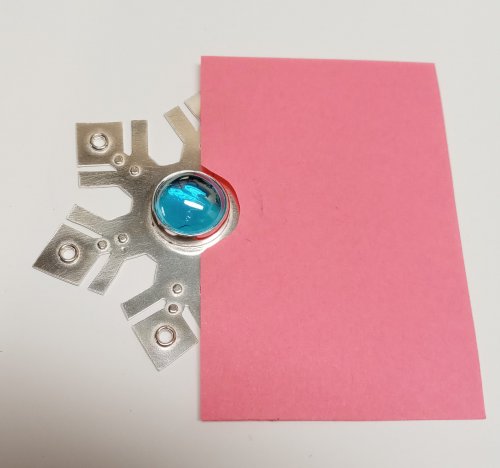 Shielding a Jewelry Piece When Stone Setting
Shielding a Jewelry Piece When Stone Setting
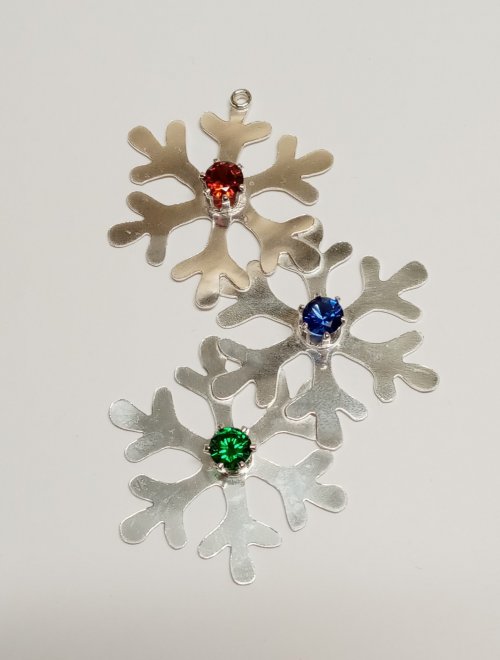 Some Ideas Are Right in Front of You
Some Ideas Are Right in Front of You
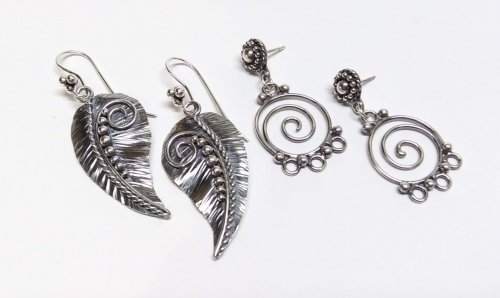 Curving and Scrolling Wire
Curving and Scrolling Wire
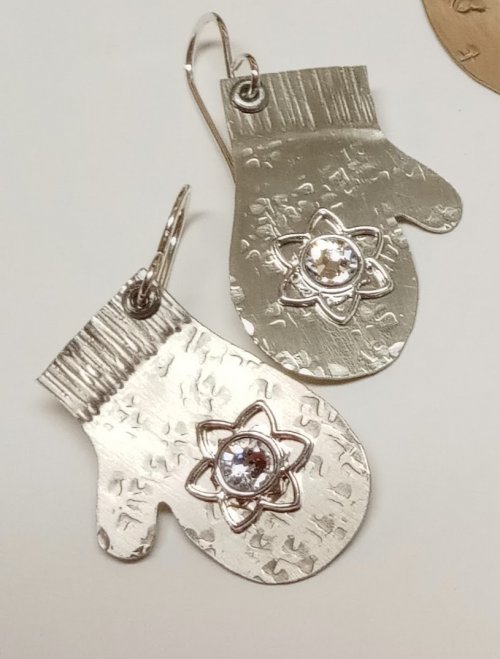 Using Snapsets to Add Sparkle to Your Work
Using Snapsets to Add Sparkle to Your Work
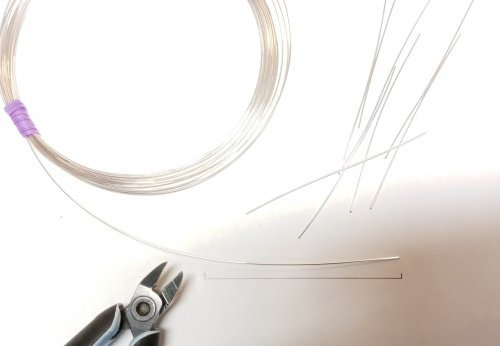 Cutting Wire Multiples of the Same Length
Cutting Wire Multiples of the Same Length
 Separating Distinct Textures on a Single Piece of Metal
Separating Distinct Textures on a Single Piece of Metal
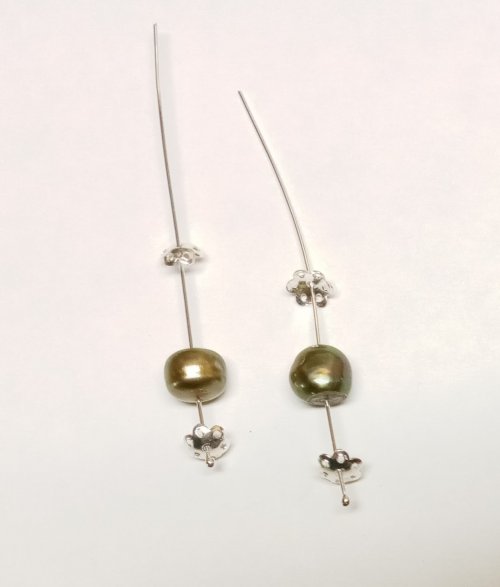 Changing the Size of a Pearl
Changing the Size of a Pearl
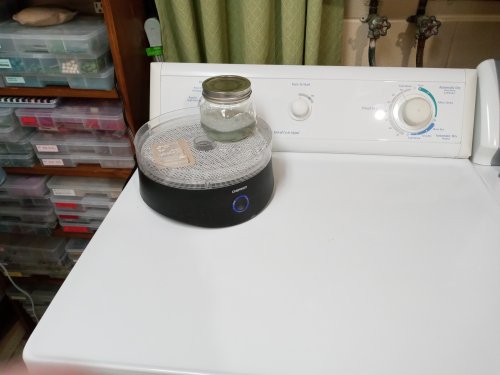 Easy Ring Cleaning
Easy Ring Cleaning
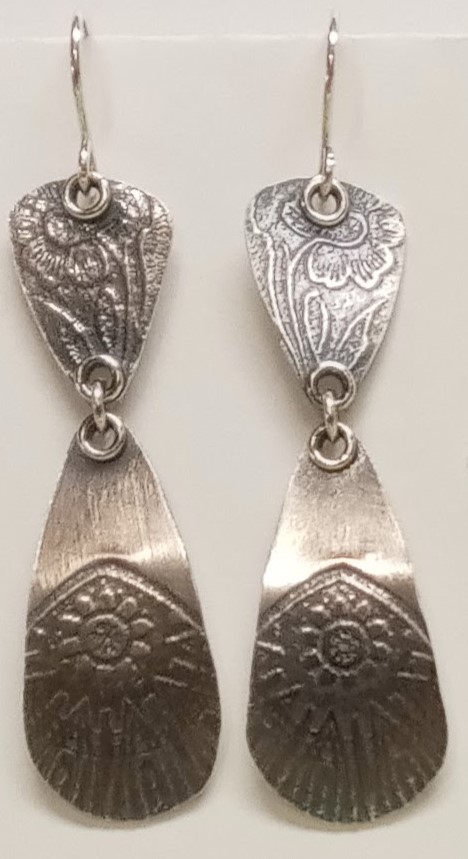 Add a Bit of Dimension
Add a Bit of Dimension
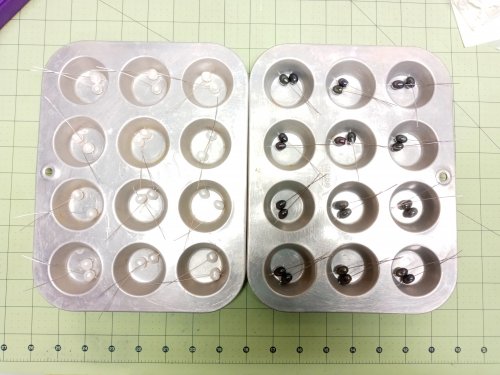 Keeping Projects Separate
Keeping Projects Separate
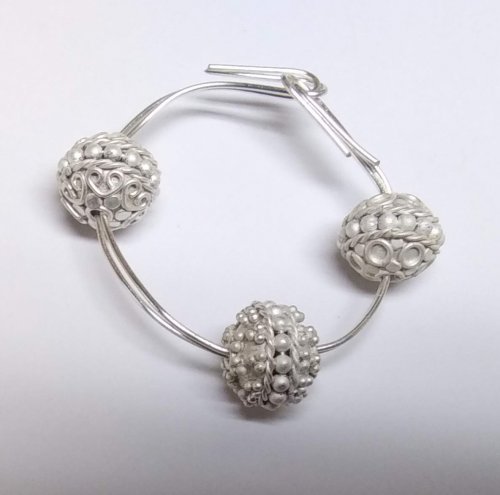 Tumbling and Polishing Metal Beads
Tumbling and Polishing Metal Beads
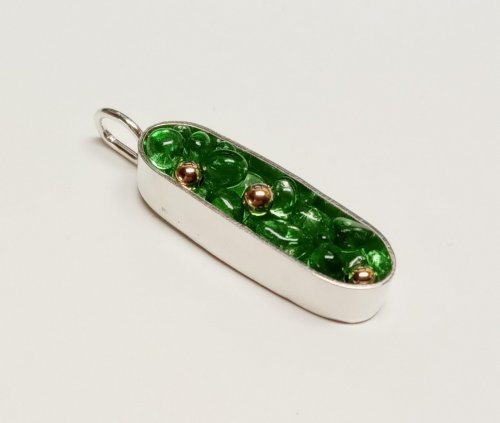 Unexpected Jewels
Unexpected Jewels
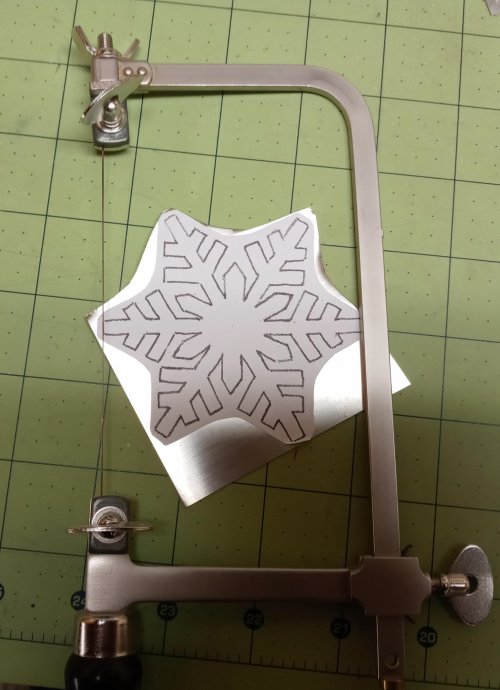 Saws and Turning Radius
Saws and Turning Radius
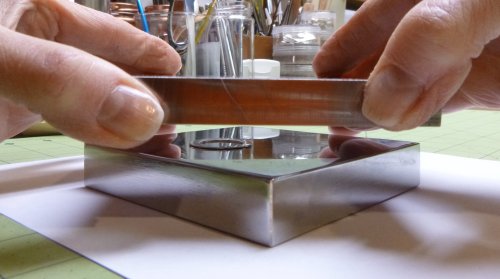 Flattening Metal Pieces
Flattening Metal Pieces
 Mobius Ring Spacers
Mobius Ring Spacers
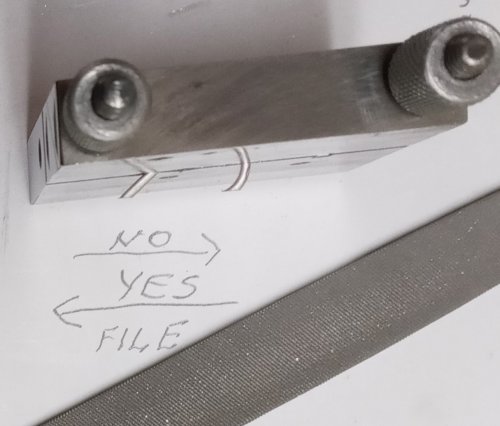 Filing Angled Wires in a Jig
Filing Angled Wires in a Jig
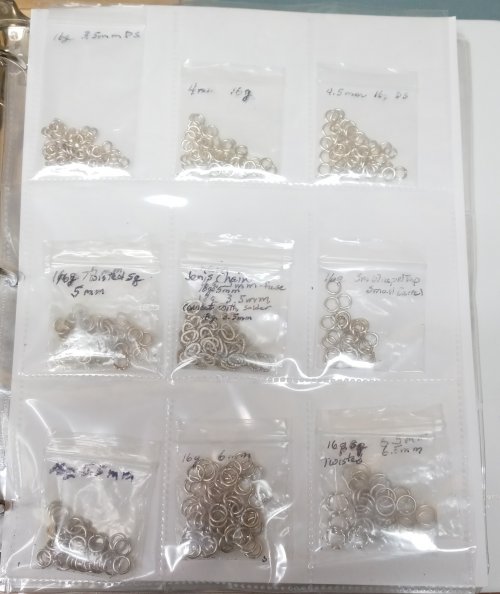 Storing Handmade Elements
Storing Handmade Elements
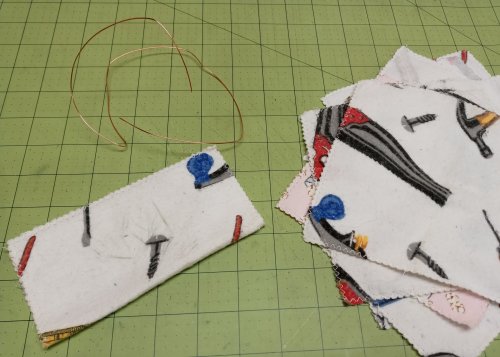 Simple Way to Straighten Wire
Simple Way to Straighten Wire
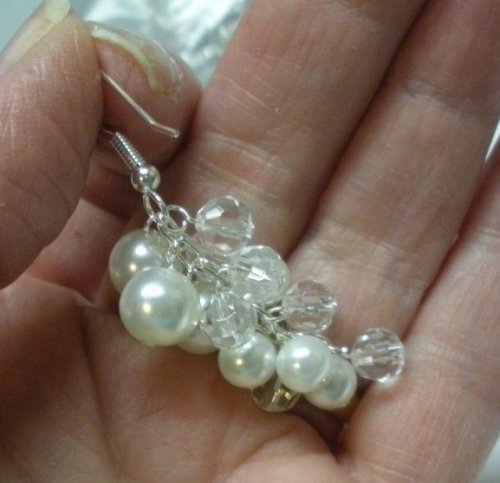 Two Ways to Make Simple Loops
Two Ways to Make Simple Loops
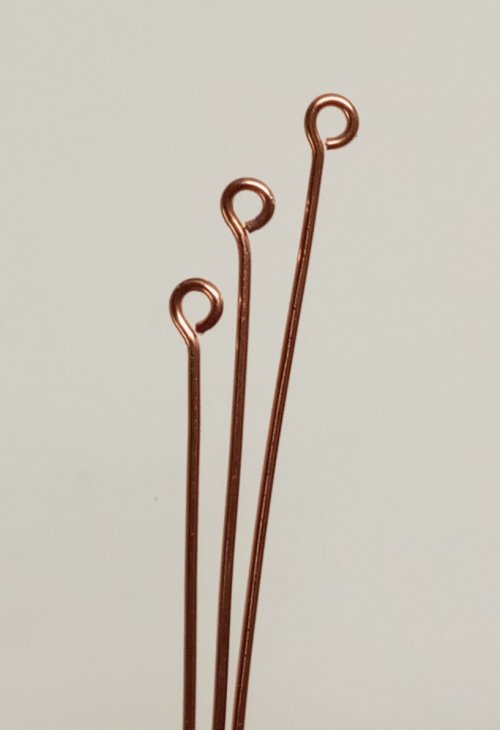 Making Simple Eyepins
Making Simple Eyepins
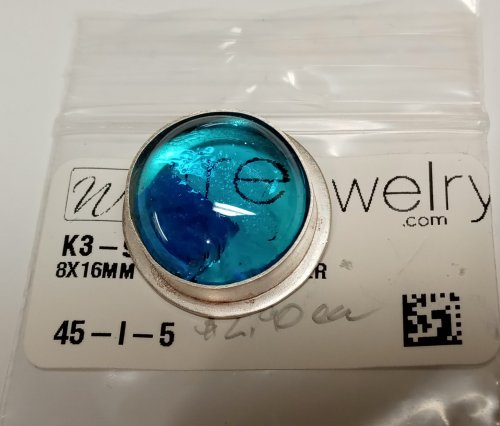 Using Fun Tak as a Resist
Using Fun Tak as a Resist
 Why Use a Binder to Store Embellishments
Why Use a Binder to Store Embellishments
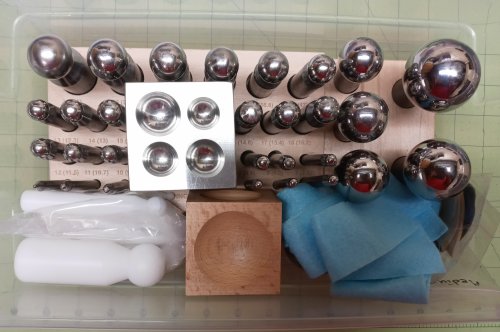 Storing Dapping Blocks and Punches
Storing Dapping Blocks and Punches
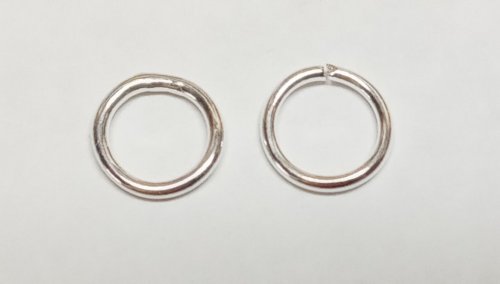 Wire Basics - Opening and Closing Jump Rings
Wire Basics - Opening and Closing Jump Rings
 Enlarging a Bezel
Enlarging a Bezel
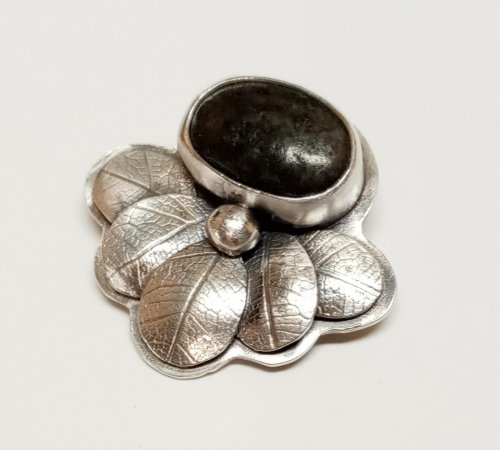 Leaf Inspirations
Leaf Inspirations
 Earring Findings for Different Ages
Earring Findings for Different Ages
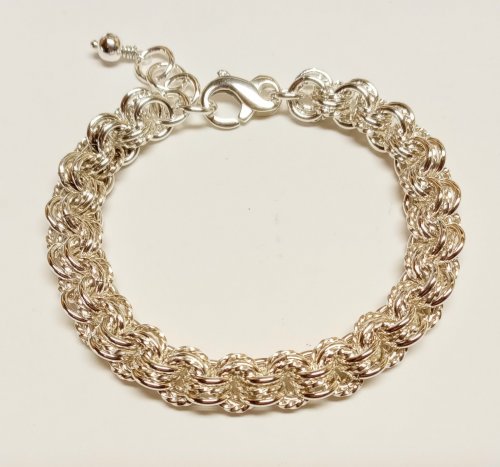 Accidentally Learning Something New
Accidentally Learning Something New
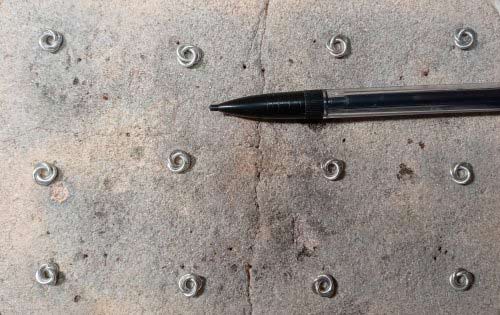 Fusing Jump Rings
Fusing Jump Rings
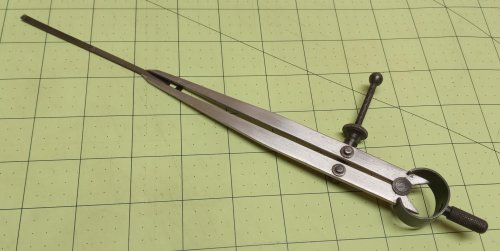 Tool Tip - Divided Caliper Scribe
Tool Tip - Divided Caliper Scribe
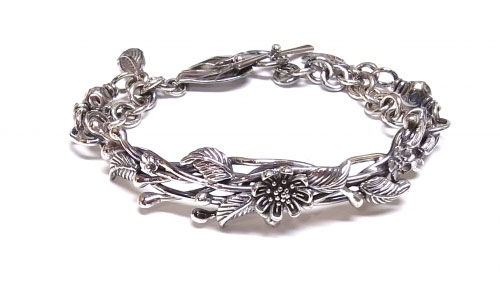 Out of the Mouths of Babes or Fixing a Spinning Bracelet
Out of the Mouths of Babes or Fixing a Spinning Bracelet
 Rethinking a Design
Rethinking a Design
 When Bead Holes are Too Large
When Bead Holes are Too Large
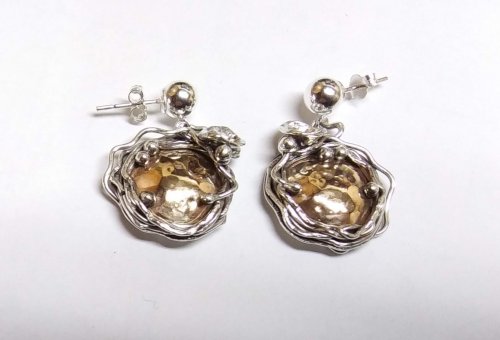 Soldering a Dome to a Backplate
Soldering a Dome to a Backplate
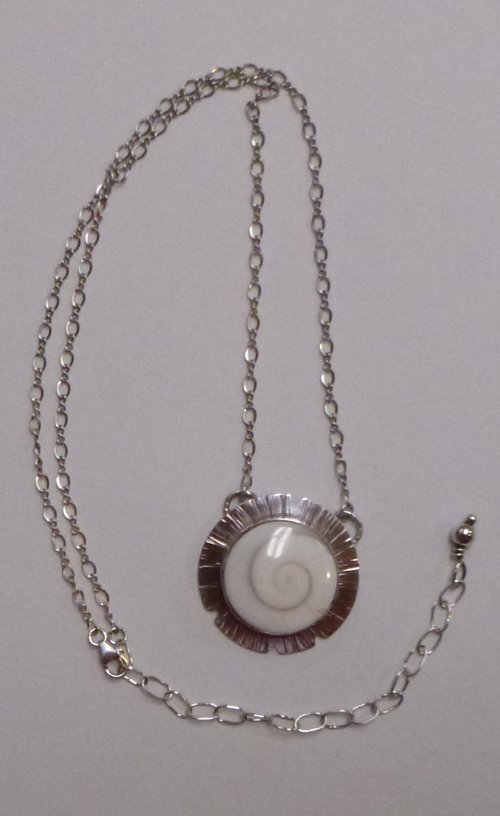 Eye of Shiva AKA Pacific Cat's Eye
Eye of Shiva AKA Pacific Cat's Eye
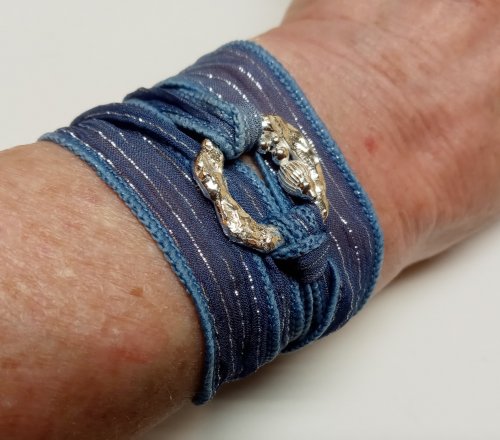 Ribbon Wrapped Bracelet tips
Ribbon Wrapped Bracelet tips
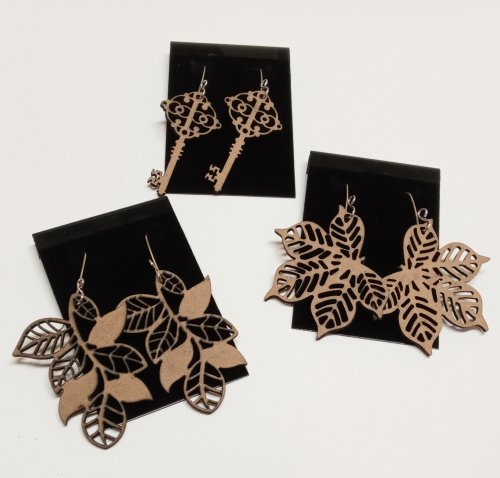 Making Lightweight Earrings with Unexpected Finds
Making Lightweight Earrings with Unexpected Finds
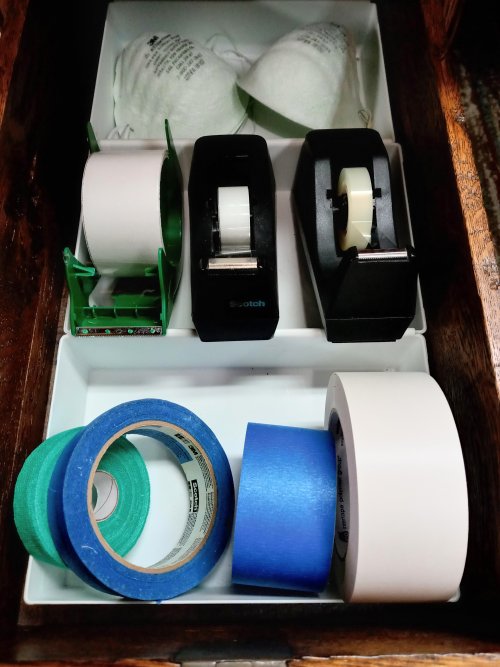 Tool Tip - Indispensable Tapes
Tool Tip - Indispensable Tapes
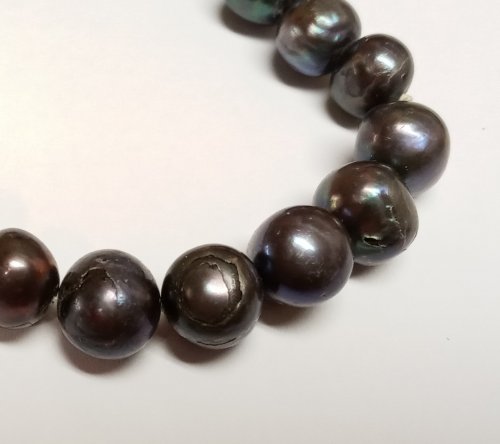 What Happens To Pearls Not Worn, Cleaned, and Stored Properly
What Happens To Pearls Not Worn, Cleaned, and Stored Properly
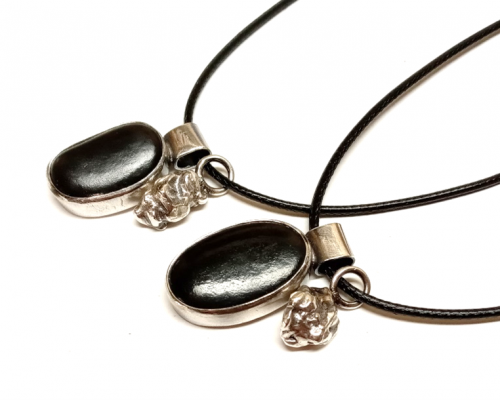 Aha Lightbulb Moment
Aha Lightbulb Moment
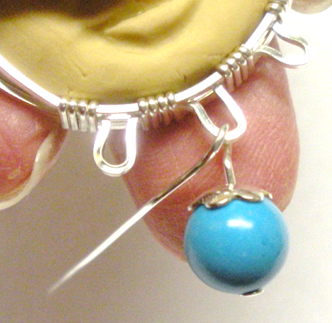 Adding Loops for Dangles on a Classic Wire Bezel Wrap
Adding Loops for Dangles on a Classic Wire Bezel Wrap
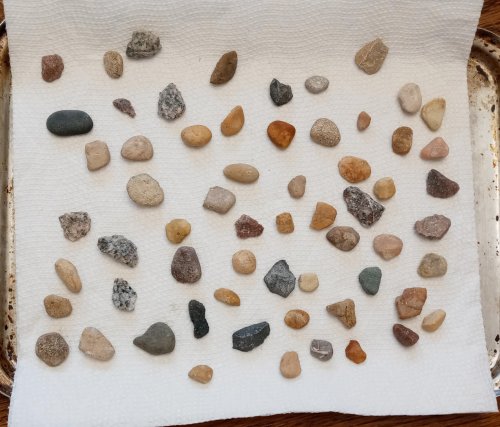 After the Rain - Found Treasures
After the Rain - Found Treasures
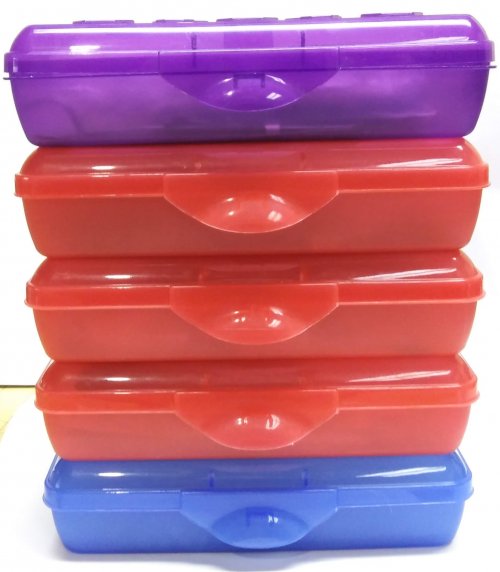 Back to School
Back to School
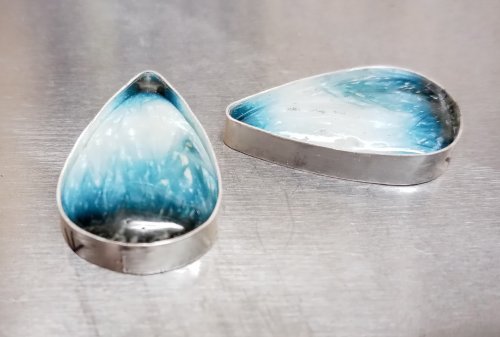 Bezel Solution for Corners and Points
Bezel Solution for Corners and Points
 Filling Holes in Stones
Filling Holes in Stones
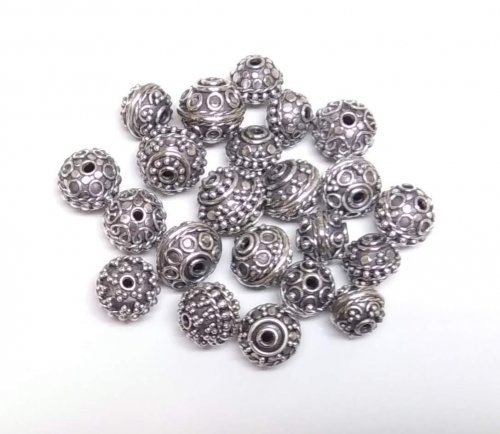 Dots to the Rescue
Dots to the Rescue
 Raising Stones in Bezel Settings
Raising Stones in Bezel Settings
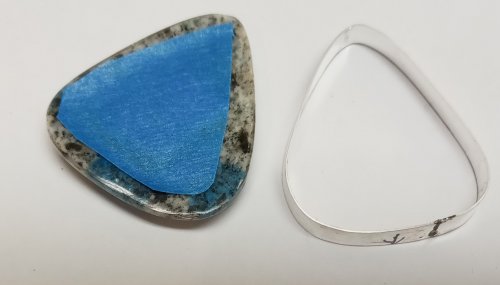 Leveling the Bottom of a Large Bezel
Leveling the Bottom of a Large Bezel
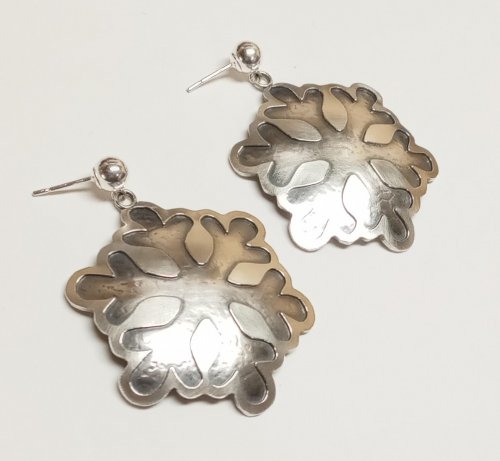 Using Leftovers
Using Leftovers
 Make-do Sawing Solutions
Make-do Sawing Solutions
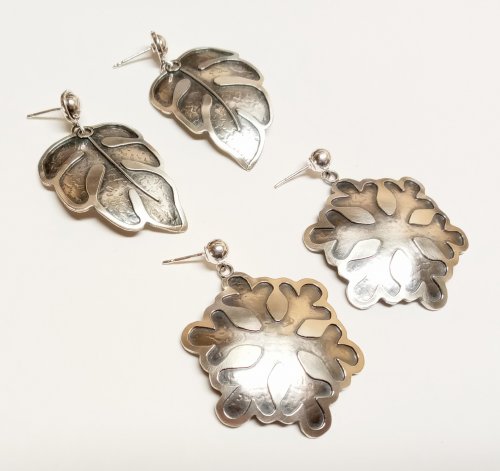 Combining Tutorials
Combining Tutorials
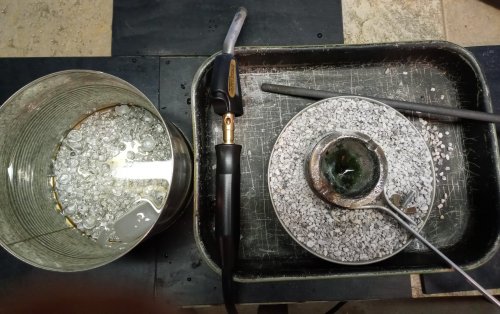 Scrap Melt
Scrap Melt
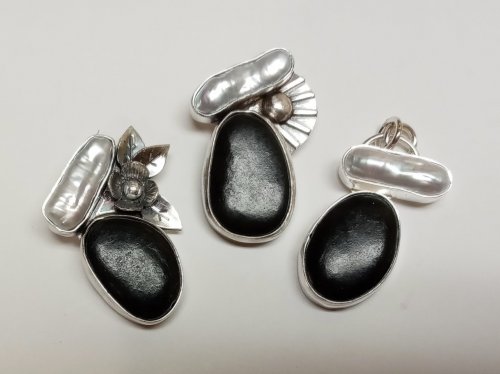 What's Your Jewelry Style
What's Your Jewelry Style
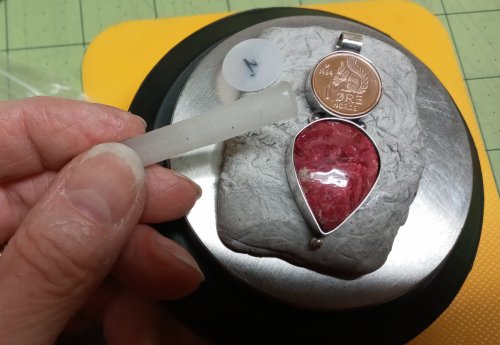 Using Wax from Braces
Using Wax from Braces
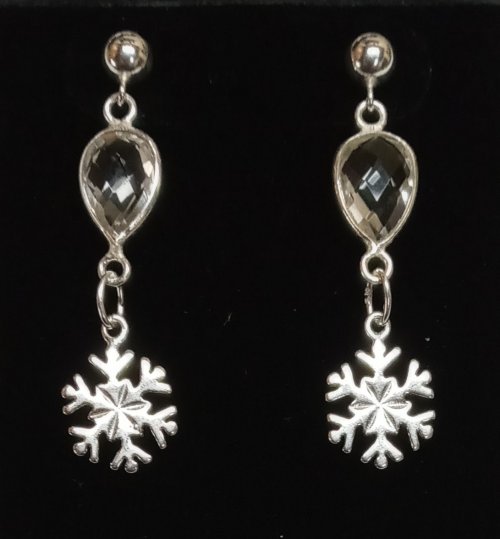 Sometimes Simple Really is Better
Sometimes Simple Really is Better
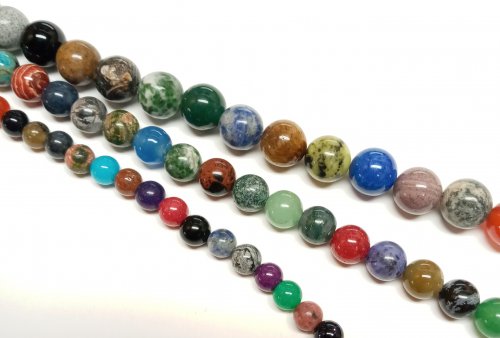 Bead Soup and Small Changes
Bead Soup and Small Changes
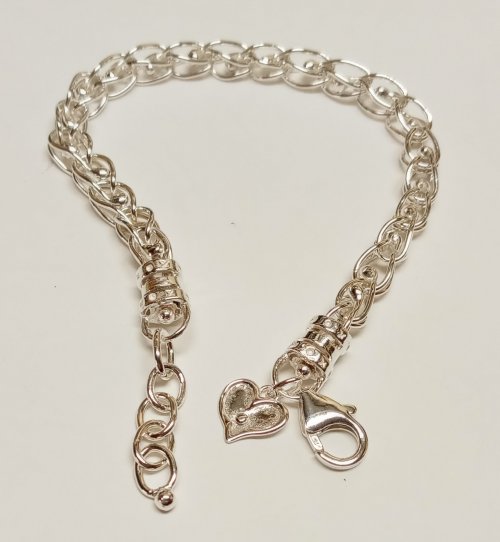 Repurposing Sterling Cord End Findings
Repurposing Sterling Cord End Findings
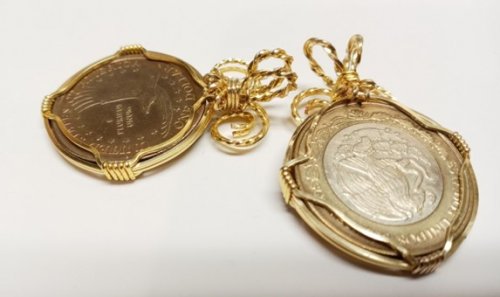 Wire Wrapped Bail Finishing Options
Wire Wrapped Bail Finishing Options
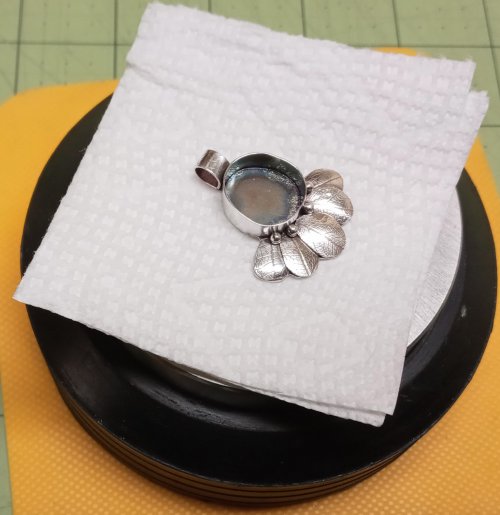 Protecting The Back of a Piece When Setting Stones
Protecting The Back of a Piece When Setting Stones
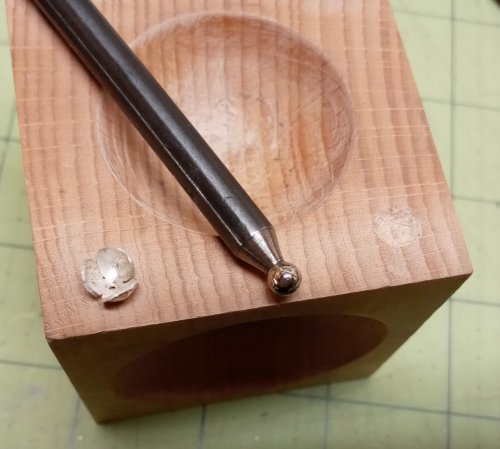 Altering Your Dapping Block
Altering Your Dapping Block
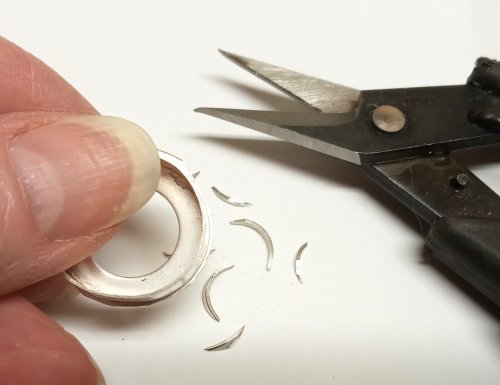 Trimming Around a Bezel
Trimming Around a Bezel
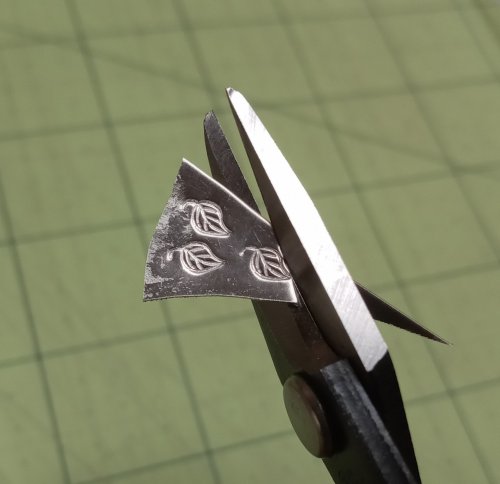 Making Tiny Dapped Metal Leaves
Making Tiny Dapped Metal Leaves
 Labeling Cabs When Working with Them
Labeling Cabs When Working with Them
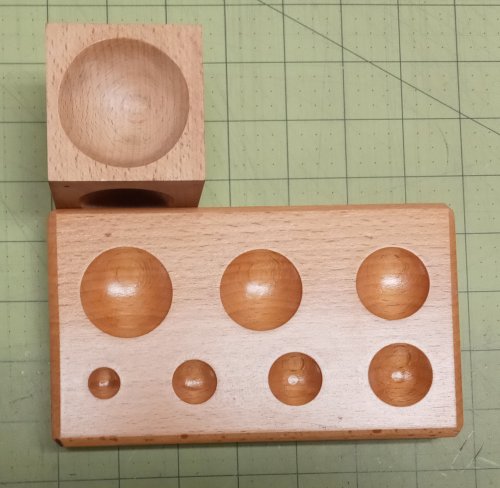 Basic Round Well Wood Dapping Blocks
Basic Round Well Wood Dapping Blocks
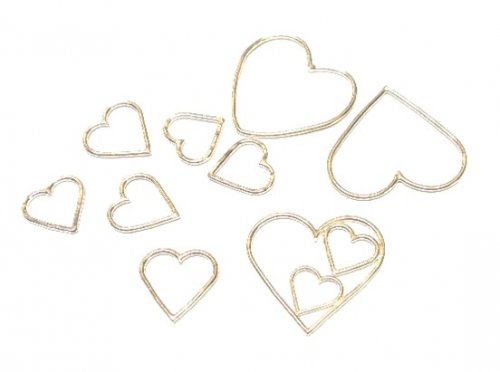 Get Inspired by What's on Your Bench
Get Inspired by What's on Your Bench
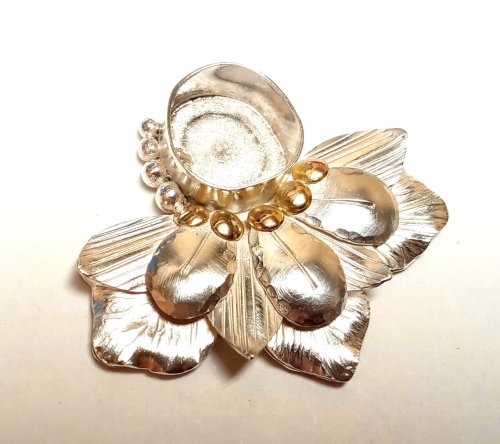 When Things Go Awry
When Things Go Awry
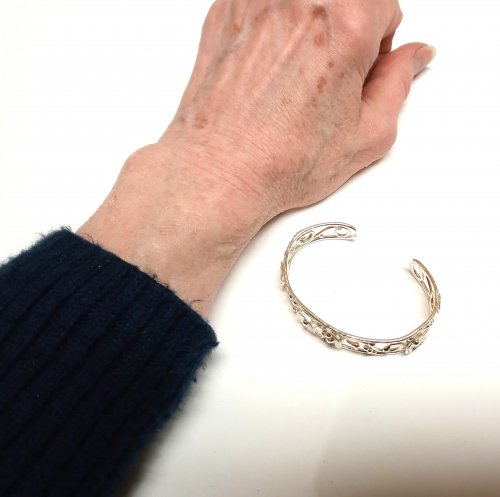 Putting On and Taking Off a Cuff Bracelet
Putting On and Taking Off a Cuff Bracelet
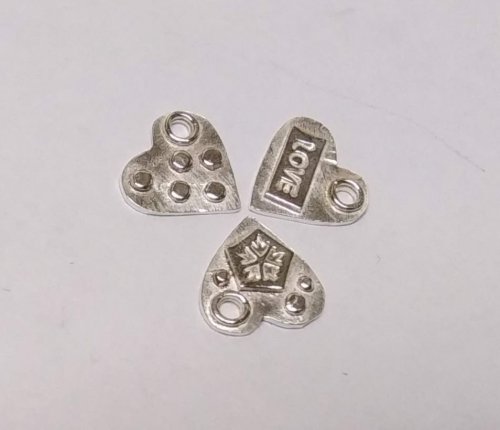 Adding Hearts to Your Designs
Adding Hearts to Your Designs
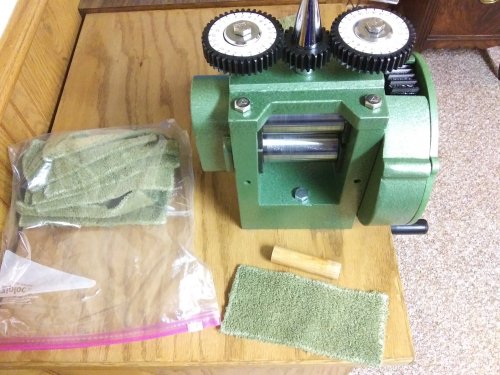 Taking Care of Your Rolling Mill
Taking Care of Your Rolling Mill
 Power Up
Power Up
 Hammer Basics
Hammer Basics
 Wire Temper and Jump Rings
Wire Temper and Jump Rings
 Embellish Bezels with Twisted Wire
Embellish Bezels with Twisted Wire
 Embellish a Treasure Box
Embellish a Treasure Box
 Make a Polymer Clay Cabochon Mandrel
Make a Polymer Clay Cabochon Mandrel
 Jewelry Packaging for Small Items - Pillow Boxes
Jewelry Packaging for Small Items - Pillow Boxes
 Make-do Sawing Solutions
Make-do Sawing Solutions
 Ball Chain Embellishments
Ball Chain Embellishments
 Pickling and Super Pickle
Pickling and Super Pickle
 A Better T-bar
A Better T-bar
 A Better Way to Change a Saw Blade
A Better Way to Change a Saw Blade
 Making Consistent Hanging Loops
Making Consistent Hanging Loops
 Targeted Patina
Targeted Patina
 Coin Focal Inspiration
Coin Focal Inspiration
 Bracelet and Paperclip Trick
Bracelet and Paperclip Trick
 What Wire is Best for Earring Findings
What Wire is Best for Earring Findings
 Storing Your Metal Stamps
Storing Your Metal Stamps
 Save Those Old Buttons
Save Those Old Buttons
 Adjusting Purchased Ear Wires
Adjusting Purchased Ear Wires
 Twisted Wire Tips
Twisted Wire Tips
 Stash Inspiration and Notes
Stash Inspiration and Notes
 Short Quotes for Stamped Jewelry
Short Quotes for Stamped Jewelry
 My Favorite Tweezers
My Favorite Tweezers
 No Rolling Mill- No Problem
No Rolling Mill- No Problem
 Coiling Wire for Jump Rings
Coiling Wire for Jump Rings
 Cutting Coils Into Jump Rings
Cutting Coils Into Jump Rings
 Closed Jump Rings Soldering vs Fusing
Closed Jump Rings Soldering vs Fusing
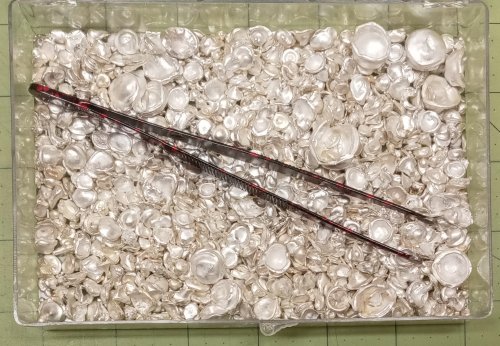 Recycling Scrap Into Sheet Metal
Recycling Scrap Into Sheet Metal

